|
The
Great Migration
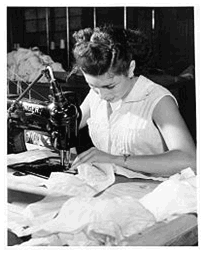
A
woman in a Puerto Rico garment factory (ca. 1950)
The 1950s saw a phenomenon that became known as the
“The Great Migration”, where thousands of Puerto Ricans, including
entire families of men, women and their children, left the Island and
moved to the Sates, the bulk of them to New York City.
Several factors led to the Migration, among them the Great
Depression of the 1930s, World War II in the 1940s, and the advent of
commercial air travel in the 1950s.
The Great Depression which spread throughout the
world was also felt in Puerto Rico.
Since the island's economy has been dependent on the economy of
the United States, when American banks and industries began to fail the
effect was also felt in the island. Unemployment was on the rise as a
consequence and many families fled to the mainland U.S.A. in search of
jobs.
The outbreak of World War II, opened the doors to
many of the migrants who were searching for jobs. Since a large portion
of the male population of the U.S. was sent to war, there was a sudden
need of manpower to fulfill the jobs left behind.
Puerto Ricans, both male and female, found themselves employed in
factories and ship docks, producing both domestic and warfare goods. The
new migrants gained the knowledge and working skills that became useful
even after the war had ended. The military also provided a steady source
of income. In 1944, the Puerto Rican WAC unit, Company 6, 2nd Battalion,
21st Regiment of the Women's Army Auxiliary Corps, a segregated Hispanic
unit, was assigned to the Port of Embarkation of New York City after
their basic training at Fort Oglethorpe, Georgia. They were assigned to
work in military offices which planned the shipment of troops around the
world.
The advent of air travel provided Puerto Ricans
with an affordable and faster way of travel to New York. The one thing
that all of the migrants had in common was that they wanted a better way
of life than was available in Puerto Rico and although each held
personal reasons for migrating their decision generally was rooted in
the island's impoverished conditions as well as the public policies that
sanctioned migration. Dr. Antonia Pantoja was an educator, social worker, feminist, civil
rights leader and founder of ''ASPIRA'', the Puerto Rican Forum, Boricua
College and ''Producir''. ''ASPIRA'' (Spanish for "aspire") is
a non-profit organization that promoted a positive self-image,
commitment to community, and education as a value as part of the ASPIRA
Process to Puerto Rican and other Latino youth in New York City. In
1996, President Bill Clinton presented Dr. Pantoja with the Presidential
Medal of Freedom, making her the first Puerto Rican woman to receive
such this honor.
Women excel in the fine arts
Before the introduction of the cinema and
television in Puerto Rico, there was opera. Opera was one of the main
artistic menus in which Puerto Rican women have excelled. One of the
earliest opera soprano’s in the island was Amalia
Paoli, the sister of Antonio Paoli. In the early 19th century, Paoli
performed at the Teatro La Perla in the city of Ponce in Emilio
Arrieta's opera "Marina". In
December 1951, Graciela Rivera became the first Puerto Rican to sing a lead role at
the New York Metropolitan Opera as "Lucia" in the production
of Lucia di Lammermoor.
Other women who excelled as opera soprano’s are Ana
María Martínez, Melliangee
Pérez, who was awarded the Soprano of the Year award by UNESCO, Irem
Poventud, the first Puerto Rican to perform in the San Francisco
Opera House, and Margarita Castro
Alberty, the recipient of the prestigious Rockefeller Foundation,
Baltimore Opera Guild, Chicago Opera Guide and Metropolitan Opera Guild
awards.
Women played an important role as pioneers of
Puerto Rico’s television industry.
Lucy Boscana founded the Puerto Rican Tablado Company, a traveling
theater. Among the plays which she produced with the company was
"''The Oxcart''" by fellow Puerto Rican playwright René Marqués.
She presented the play in Puerto Rico and on Off-Broadway in New York
City. On August 22, 1955, Boscana became a pioneer in the television of
Puerto Rico when she participated in Puerto Rico's first telenovela
(soap opera) titled "''Ante la Ley''", alongside Esther
Sandoval and Mario Pabón, which was broadcast by Telemundo, Puerto
Rico. Among the other pioneers were Awilda
Carbia and Gladys Rodríguez. Sylvia del
Villard was an actress, dancer, choreographer and Afro-Puerto Rican
activist. Marquita Rivera
became the first Puerto Rican actress to appear in a major Hollywood
motion picture when she was cast in “Road to Rio”. Other women from
Puerto Rico who have succeeded in the United States as actresses include
Míriam Colón, founder of
The Puerto Rican Traveling Theatre and recipient of an "Obie
Award" for "Lifetime Achievement in the Theater." Colón
debuted as an actress in "Peloteros" (Baseball Players), a
film produced in Puerto Rico starring Ramón (Diplo) Rivero, in which
she played the character of "Lolita." and Rita
Moreno, the first Latino woman to win an Oscar, an Emmy, a Grammy
and a Tony.
The decade of the 1950s witnessed a rise of
composers and singers of typical Puerto Rican music and the Bolero
genre. Women such as Ruth Fernández, Carmita Jiménez, Sylvia Rexach and Myrta Silva
were instrumental in the exportation and internationalization of
Puerto Rico’s music. Among
the women who have contributed to the island’s contemporary popular
music are Nydia Caro, one of
the first winners of the prestigious "Festival de Benidorm" in
Valencia, Spain, with the song "Vete Ya", composed by Julio
Iglesias , Lucecita Benítez
winner of the ''Festival
de la Cancion Latina'' (''Festival of the Latin Song'') in Mexico, Olga
Tañón earner of two Grammy Awards, three Latin Grammy Awards, and
28 Premios Lo Nuestro Awards and Martha
Ivelisse Pesante Rodríguez known as "Ivy
Queen". Jennifer Lopez
is an entertainer, businesswoman, philanthropist and producer who was
born in New York. She is proud of her Puerto Rican heritage and is
regarded as the most-influential Hispanic performer in the United
States. As a philanthropist
she launched a telemedicine center in San Juan, Puerto Rico, at the San
Jorge Children's Hospital and has plans to launch a second one at the
University Pediatric Hospital at the Centro Medico.
Women empowerment
Milagros
Santiago, a Puerto Rican businesswoman and co-owner of a dry goods
wholesale warehouse.
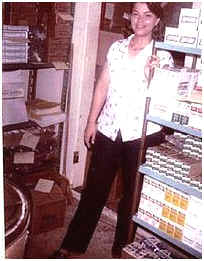 The
feminist and women rights movement have contributed to empowerment of
women in the fields of politics, science and business. With the
industrialization of Puerto Rico women's job shifted to work as
professionals or office workers. The divorce rate is high and some women
are the sole economic income source of their families. Among the notable
women involved in politics in Puerto Rico are Felisa
Rincón de Gautier, also known as '''Doña Fela''', She ran for and
was elected mayor of San Juan in 1946, becoming the first woman to have
been elected mayor of a capital city in the all of the Americas, María
Luisa Arcelay the first woman in Puerto Rico and in all of Latin
America to be elected to a government legislative body and Sila M. Calderón, the former mayor of San Juan, who became in
November 2000, the first woman governor of Puerto Rico. Their
empowerment was not only limited to Puerto Rico. In the United States,
Dr. Antonia Coello Novello became the first Latino and first woman U.S.
Surgeon General (1990–93) and Nydia
Velázquez the first Puerto Rican congresswoman and Chair of House
Small Business Committee. The
feminist and women rights movement have contributed to empowerment of
women in the fields of politics, science and business. With the
industrialization of Puerto Rico women's job shifted to work as
professionals or office workers. The divorce rate is high and some women
are the sole economic income source of their families. Among the notable
women involved in politics in Puerto Rico are Felisa
Rincón de Gautier, also known as '''Doña Fela''', She ran for and
was elected mayor of San Juan in 1946, becoming the first woman to have
been elected mayor of a capital city in the all of the Americas, María
Luisa Arcelay the first woman in Puerto Rico and in all of Latin
America to be elected to a government legislative body and Sila M. Calderón, the former mayor of San Juan, who became in
November 2000, the first woman governor of Puerto Rico. Their
empowerment was not only limited to Puerto Rico. In the United States,
Dr. Antonia Coello Novello became the first Latino and first woman U.S.
Surgeon General (1990–93) and Nydia
Velázquez the first Puerto Rican congresswoman and Chair of House
Small Business Committee.
Milagros Santiago, a Puerto Rican
businesswoman and co-owner of a dry goods wholesale warehouse.
With the advances in medical technologies and the
coming of the Space Age of the 20th century, Puerto Rican women have
expanded their horizons and have made many contributions in various
scientific fields, among them the fields of aerospace and medicine.
Puerto Ricans, both men and women, have reached top
positions in NASA, serving in sensitive leadership positions. Nitza
Margarita Cintron was named Chief of NASA's Johnson Space Center
Space Medicine and Health Care Systems Office in 2004. Other women
involved in the United States Space Program are Mercedes
Reaves Research engineer and scientist responsible for the design of
a viable full-scale solar sail and the development and testing of a
scale model solar sail at NASA Langley Research Center; Monserrate
Román a microbiologist who participated in the building of the
International Space Station and Mercedes
Reaves a research engineer and scientist
responsible for the design of a viable full-scale solar sail and
the development and testing of a scale model solar sail at NASA Langley
Research Center. Dr. Yajaira
Sierra Sastre, who is looking forward to becoming the first Puerto
Rican female astronaut, was chosen to take part in a new NASA project
that will help to determine why astronauts don’t eat enough, having
noted that they get bored with spaceship food and end up with problems
like weight loss and lethargy that put their health at risk. She will
live for four months isolated in a planetary module to simulate what
life will be like for astronauts at a future base on Mars at a base in
Hawaii.
Among the women who have triumphed as businesswoman
are Carmen Ana Culpeper who
served as the first female Secretary of the Puerto Rico Department of
the Treasury during the administration of Governor Carlos Romero Barceló
and later served as the president of the then government-owned Puerto
Rico Telephone Company during the governorship of Pedro Rosselló,
Camalia Valdés the
President and CEO of Cerveceria India, Inc., Puerto Rico's largest
brewery. and Carlota Alfaro a high fashion designer.
Historians, such
as Dra. Delma S. Arrigoitia,
have written books and documented the contributions which Puerto Rican
women have made to society. Arrigoitia was the first person in the
University of Puerto Rico to earn a Masters Degree in the field of
history. In 2012, she published her book "Introduccion a la
Historia de la Moda en Puerto Rico". The book, which was requested
by the Puerto Rican high fashion designer Carlota Alfaro, covers over
500 years of history of the fashion industry in Puerto Rico. Arrigoitia
is working on a book about the women who have served in the Puerto Rican
Legislature, as requested by the former President of the Chamber of
Representatives, Jenniffer González.
Women’s week in Puerto Rico
On June 2, 1976, the Legislative Assembly of Puerto
Rico approved law number 102 which declared every March 2 "Día
Internacional de la Mujer" (International Women’s Day) as a
tribute to the Puerto Rican women. However, the government of Puerto
Rico decided that it would only be proper that a week instead of a day
be dedicated in tribute to the accomplishments and contributions of the
Puerto Rican women. Therefore, on September 16, 2004, the Legislative
Assembly of Puerto Rico passed law number 327 which declares the second
week of the month of March the “Semana de la Mujer en Puerto
Rico" (Women’s week in Puerto Rico).
Notable
Puerto Rican women
Puerto Rican women have excelled in many fields,
including business, politics, and science. Others have represented their
country in other venues such as beauty contests and sports. Some have
even been honored by the United States government for their
contributions to society. Some of these contributions are described in
the following paragraphs.
Beauty
pageants
Five Puerto Rican women have won the title of Miss
Universe and one the title of Miss World.
Miss Universe is an annual international beauty contest that is
run by the Miss Universe Organization. Along with the Miss Earth and
Miss World contests, Miss Universe is one of the three largest beauty
pageants in the world in terms of the number of national-level
competitions to participate in the world finals The first Puerto Rican
woman to be crowned “Miss Universe” was Marisol
Malaret in 1970. She was followed by Deborah
Carthy-Deu(1985), Dayanara
Torres ( 1993), Denise Quiñones
(2001) and Zuleyka Rivera
(2006). Wilnelia Merced is
the first and to date the only Puerto Rican Miss World (1975).
Sports
Among the women who have represented Puerto Rico in
international sports competitions is Rebekah
Colberg, known as "The Mother of Puerto Rican Women's
Sports". Colberg participated in various athletic competitions in
the 1938 Central American and Caribbean Games where she won the gold
medals in discus and javelin throw. Angelita
Lind, a track and field athlete, participated in three Central
American and Caribbean Games (CAC) and won two gold medals, three silver
medals, and one bronze medal. She also participated in three Pan
American Games and in the 1984 Olympics. Anita
Lallande, a former Olympic swimmer, holds the island record for most
medals won at CAC Games with a total of 17 medals, 10 of them being gold
medals.
Inventors
Olga D. González-Sanabria,
a member of the Ohio Women's Hall of Fame, contributed to the
development of the "Long Cycle-Life Nickel-Hydrogen Batteries"
which helps enable the International Space Station power system.
Ileana Sánchez,
a graphic designer, invented a book for the blind that brings together
art and Braille. Ms. Sanchez used a new technique called TechnoPrint and
TechnoBraille. Rather than punch through heavy paper to create the
raised dots of the Braille alphabet for the blind, these techniques
apply an epoxy to the page to create not only raised dots, but raised
images with texture. The epoxy melds with the page, becoming part of it,
so that you can't scrape it off with your fingernail. The images are
raised so that a blind person can feel the artwork and in color, not
just to attract the sighted family who will read the book with blind
siblings or children, but also for the blind themselves. The book
"Art & the Alphabet, A Tactile Experience" is co-written
with Rebecca McGinnis of the Metropolitan Museum of Art. The Met has
already incorporated the book into their Access program.
Journalists
Various Puerto Rican women have excelled in the
field of journalism in Puerto Rico and in the United States, among them
the following:
Isabel Cuchí
Coll was a journalist, author and the director of the Puerto Rican
Authors Society. Who as a journalist wrote for the magazine "Puerto
Rico Ilustrado”. Carmen Jovet,
another journalist, is the first Puerto Rican woman to become a news
anchor in Puerto Rico. Among the women journalist in the United States
are Bárbara Bermudo Co-host
of Univision's "Primer Impacto” and María
Celeste Arrarás', anchorwoman for "Al Rojo Vivo".
Religion
Among the Puerto Rican women who became notable
religious leaders in Puerto Rico are Sor Isolina Ferré Aguayo and
Juanita Garcia Peraza, a.k.a as "Mita".
Isolina Ferré
Aguayo, a Roman Catholic nun, was the founder of the ''Centros Sor
Isolina Ferré'' in Puerto Rico. Known as the "Mother Teresa of
Puerto Rico", Ferré was awarded the Presidential Medal of Freedom
in recognition of her humanitarian work. Juanita
Garcia Peraza, better known as Mita, founded the Mita Congregation,
the only non-Catholic denomination religion of Puerto Rican origin.
Recognized by the United States government
The United States government has honored the
achievements of seven Puerto Rican women (including those of Puerto
Rican descent) and awarded them either the Presidential Medal of Freedom
or the Presidential Citizens Medal, the highest civilian decorations of
the United States.
Five Puerto Rican women have been awarded the
Presidential Medal of Freedom, an award bestowed by the President of the
United States which is considered the highest civilian award in the
United States. The medal recognizes those individuals who have made
"an especially meritorious contribution to the security or national
interests of the United States, world peace, cultural or other
significant public or private endeavors". The following Puerto
Rican women have been awarded the Presidential Medal of Freedom:
*Antonia
Pantojas, educator, social worker, feminist, civil rights leader
* Chita
Rivera, actress, dancer, and singer
* Isolina
Ferré, nun
* Rita
Moreno, actress, singer, and [[List of people who have won Academy,
Emmy, Grammy, and Tony Awards recipient
* Sylvia
Mendez, civil rights activist
Two Puerto Rican women have been awarded the
Presidential Citizens Medal, an award bestowed by the President of the
United States which is considered the second highest civilian award in
the United States, second only to the Presidential Medal of Freedom
mentioned before. The medal recognizes individuals "who have
performed exemplary deeds or services for his or her country or fellow
citizens." The following Puerto Rican women have been awarded the
Presidential Citizens Medal:
*Helen
Rodriguez-Trias, pediatrician, educator, and leader in public health
* Victoria
Leigh Soto, teacher
Stamps
Two women have been honored by the U.S. Postal
Service Commemorative Stamp Program.
On April 14, 2007, the U.S. Postal Service
unveiled a stamp commemorating the Mendez v. Westminster case.
The unveiling took take place during an event at Chapman University
School of Education, Orange County, California, commemorating the 60th
anniversary of the landmark case. Featured on the stamp are Sylvia
Mendez’s mother Felicitas
Mendez, a native of Puerto Rico and her father. On September 14,
2010, in a ceremony held in San Juan, the United States Postal Service
honored Julia de Burgos's life and literary work with the issuance of a
first class [[postage stamp]], the 26th release in the postal system's
Further
reading
*''LAS WACS-Participacion de la Mujer Boricua en la
Seginda Guerra Mundial;'' by: Carmen Garcia Rosado; 1ra. Edicion
publicada en Octubre de 2006; 2da Edicion revisada 2007; Registro
Propiedad Intectual ELA (Government of Puerto Rico) #06-13P-)1A-399;
Library of Congress TXY 1-312-685.
*''La lucha por el sufragio femenino en Puerto
Rico, 1896-1935;'' by: María de Fátima Barceló Miller; Published 1997
by Centro de Investigaciones Sociales,Ediciones Huracán in San Juan,
P.R, Río Piedras, P.R.; ISBN 0929157451.
*''La Mujer Puertorriqueña, su vida y evolucion a
través de la historia''; Published 1972 by Plus Ultra Educational
Publishers in New York; Open Library: OL16223237M.
*''La Mujer Negra En La Literatura Puertorriquena/
The Black Women In Puerto Rican Literature: Cuentistica De Los Setenta/
Storytellers Of The Seventies''; by: Marie Ramos Rosado; Publisher: Univ
Puerto Rico Pr; ISBN 9780847703661.
*''Introduccion a la Historia de la Moda en Puerto
Rico'' by: Delma S. Arrigoitia; Publisher: EDITORIAL PLAZA MAYOR (2012);
ISBN 978-1563283765
*''Remedios: Stories of Earth and Iron from the
History of Puertorriquenas''; by: Aurora Levins Morales; Publisher:
South End Press; ISBN 978-0896086449
*''Women, Creole Identity, and Intellectual Life in
Early Twentieth-Century Puerto Rico''; By Magali Roy-Féquière, Juan
Flores, Emilio Pantojas-García; Published by Temple University Press,
2004; ISBN 1-59213-231-6, ISBN 978-1-59213-231-7
References
1.
2010
US Census
2.
Introduction,
Puerto Rican Labor Movement
3.
Rivera, Magaly. "Taíno
Indians Culture".
Retrieved October 7, 2013.
4.
”Introduccion
a la Historia de la Moda en Puerto Rico”' by: Delma S. Arrigoitia;
Publisher:, Pg. 13; EDITORIAL PLAZA MAYOR (2012); ISBN
978-1563283765
5.
"Taínos";
by: Ivonne Figueroa
6.
The
Last Taino Queen,
Retrieved September 19, 2007
7.
Boriucas
Illustres,
Retrieved July 20, 2007
8.
Guitat, Lynne. "Criollos:
The Birth of a Dynamic New Indo-Afro-European People and Culture on
Hispaniola.".
KACIKE: Journal of Caribbean Amerindian History and Anthropology.
Archived from the
original on 2
December 2008.
Retrieved 27 May 2011.
9.
Léger
1907,
p. 23.
10.
Accilien
et al. 2003,
p. 12.
11.
Kamellos,
"Chronolgy of Hispnaic Americam History", p.48
12.
"Puerto
Rico: desde sus orígenes hasta el cese de la dominación española";
by: Luis M. Díaz Soler; Publisher:Editorial de la Universidad de Puerto
Rico, 1994; Original from University of Texas; ISBN: 0847701778; ISBN:
9780847701773
13.
Lindsay
Daen
14.
Bartolomé
de las Casas. Oregon State University,
Retrieved July 20, 2007
15.
(Spanish)
"El Codigo Negro" (The Black Code). 1898 Sociedad de Amigos de
la Historia de Puerto Rico. Retrieved July 20, 2007
16.
Puerto
Rico,
Retrieved July 20, 2007
17.
Pasteles
not tasteless: the flavor of Afro-Puerto Rico - wrapped plantain-dough
stuffed meat pastries: includes recipes and notes on food tours in
Puerto Rico
18.
A
Modern Historical Perspective of Puerto Rican Women : Puerto Rican
Women Movement beyond the region politics
19.
Archivo
General de Puerto Rico: Documentos
20.
Corsican immigration to Puerto Rico,
Retrieved July 31, 2007
21.
Puerto
Rican Cuisine & Recipes
22.
Puerto
Rico Convention Center. "Puerto Rico: Culture". About
Puerto Rico.
23.
""Puerto
Rico: Culture", Puerto Rico Convention Center.". Archived from the
original on
January 2, 2007.
Retrieved January 4, 2007.
24.
Morales Carrión, Arturo (1983). Puerto Rico: A
Political and Cultural History. New York: Norton & Co.
25.
La
Ninfa de Puerto Rico a la Justicia
26.
Bios
27.
Mercedes
- La primera Independentista Puertorriquena
28.
Moscoso,
Francisco, La Revolución Puertorriqueña de 1868: El Grito de Lares,
Instituto de Cultura Puertorriqueña, 2003
29.
Toledo,
Josefina, Lola Rodríguez de Tió - Contribución para un estudio
integral, Librería Editorial Ateneo, San Juan, Puerto Rico, 2002
30.
The
Flag of Lares
31.
"Mariana
Bracetti".
Retrieved 2008-11-07.
32.
UN
Decolonization Panel
33.
Puerto Rico History
Retrieved September 3, 2008
34.
Safa, Helen (March 22, 2003). "Changing
forms of U.S. hegemony in Puerto Rico: the impact on the family and
sexuality".
Urban Anthropology and Studies of Cultural Systems and World Economic
Development.
Retrieved 2008-08-03.
35.
Birth
Control: Sterilization Abuse.
36.
Sterilization
Abuse; Katherine Krase and originally published in the Jan/Feb 1996
newsletter of the National Women’s Health Network
37.
Ana Roque
38.
Erman, Sam (Summer 2008). "Meanings
of Citizenship in the U.S. Empire: Puerto Rico, Isabel Gonzalez, and the
Supreme Court, 1898 to 1905".
Journal of American Ethnic History 27 (4).
39.
El
Nuevo Día
40.
Salon
Hogar
41.
Casa Biblioteca Concha Meléndez
42.
El
Nuevo Dia
43.
LEY
45 25 DE JULIO DE 1997
44.
"La
Mujer en las Profesiones de Salud (1898-1930); By: Yamila Azize Vargas
and Luis Alberto Aviles; PRHSJ Vol. 9, No. 1
45.
Women's
Military Memorial
46.
Salud
Promujer 1
47.
History
48.
Luisa
Capetillo Perone
49.
Biografias
50.
Puerto
Rican Woman in Defense of our country
51.
"LAS
WACS"-Participacion de la Mujer Boricua en la Segunda Guerra
Mundial; by: Carmen Garcia Rosado; page 60; 1ra. Edicion publicada en
Octubre de 2006; 2da Edicion revisada 2007; Registro Propiedad
Intelectual ELA (Government of Puerto Rico) #06-13P-1A-399; Library of
Congress TXY 1-312-685.
52.
Bellafaire, Judith. "Puerto
Rican Servicewomen in Defense of the Nation".
Women In Military Service For America Memorial Foundation.
Retrieved October 10, 2006.
53.
Kennon, Katie. "Young
woman's life defined by service in Women's Army Corps".
US Latinos and Latinas & World War II. Archived from the
original on
2006-09-19.
Retrieved 2006-10-10.
54.
Music
of Puerto Rico
55.
Marie Teresa Rios
56.
Popular
Culture
57.
Bio.
58.
Latin
America Today
59.
Albizu
Campos and the Ponce Massacre
60.
Viscal
Family
61.
Blanca
Canales
62.
A
2004 Washington Post article on Lolita's life
63.
Women
making brassieres at the Jem Manufacturing Corp. in Puerto Rico, March
1950.
Retrieved 23 September 2013.
64.
[http://lcw.lehman.edu/lehman/depts/latinampuertorican/latinoweb/PuertoRico/1950s.htm
Puerto Rican Emigration: Why the 1950s?]
65.
"Great
Depressions of the Twentieth Century, edited by T. J. Kehoe and E. C.
Prescott".
Greatdepressionsbook.com.
Retrieved 2013-06-02.
66.
"LAS
WACS"-Participacion de la Mujer Boricua en la Seginda Guerra
Mundial; by: Carmen Garcia Rosado; page 60; 1ra. Edicion publicada en
Octubre de 2006; 2da Edicion revisada 2007; Registro de la Propiedad
Intectual ELA (Government of Puerto Rico) #06-13P-)1A-399; Library of
Congress TXY 1-312-685.
67.
Our
Founder
68.
Louis
University
69.
NASW
70.
PRPOP
71.
Certificates
- Graciela Rivera Zumchak: Obituary.
Times Leader. (15 N. Main Street Wilkes-Barre, PA 18711) July 20, 2011.
Retrieved 9 July 2012.
72.
73.
Laura
Rey: Soprano From Puerto Rico Wins Met's Gulf Coast Regional Finals;
National Semifinals Next For 22-Year-Old.
Keith Marshall. PuertoRico-Herald. February 17, 2003. Retrieved 10
December 2011.
74.
San
Francisco Opera Performance Archive
75.
Proyecto
Salon Hogar
76.
Fundacion
Nacional para la Cultura Popular
77.
Puerto
Rican Popular Culture
78.
Marquita
Rivera
79.
Miriam
Colon
80.
Speakers
on healthcare
81.
Biografías:
Ruth Fernández.
Fundación Nacional para la Cultura Popular. 2011. Retrieved 7 December
2011.
82.
Punto Fijo
83.
Puerto
Rican popular culture site
84.
Bonacich, Drago. "Biography:
Nydia Caro".
Allmusic.
Retrieved 9 June 2010.
85.
Online
Discography
86.
Grammy
awards
87.
Latin
Grammy awards
88.
[Parish,
James-Robert (November 30, 2005). Jennifer Lopez: Actor and Singer. p.
14. ISBN
978-0-8160-5832-7.]
89.
Lopez
Family Foundation
90.
A
Modern Historical Perspective of Puerto Rican Women:III. Modern Puerto
Rican Society and Women
91.
Pérez, Jorge (September 16, 2012). "La
alcaldesa que trajo la nieve".
El
Nuevo Día.
92.
Biografia
93.
Hispanic
Americans in Congress
94.
Cintron
95.
Yajaira
Sierra One Step Closer to Becoming First Puerto Rican Woman in Space
96.
Yajaira
Sierra dreams of being 1st Puerto Rican woman in space
97.
Jump
up ^
Carmona, Jose L. (15 April 2004). "SBA:
An Economic Development Tool".
Puerto Rico Herald.
Retrieved 6 July 2011.
98.
Camalia
Valdez - Bio
99.
Acevedo, Luz del Alba (2001). Telling to live:
Latina feminist testimonios. Duke
University Press.
p. 140. ISBN 978-0-8223-2765-3.
100.
Patteson, Jean (November 10, 1994). "Big names in
design will attend". Orlando
Sentinel.
p. E.3. ISSN 0744-6055.
101.
Puerto
Rico Daily Sun
102.
Ley
Núm. 327 del año 2004
103.
Washington
Post: Trump and Rosie Argue Over Miss USA
104.
Canta
sus verdades Marisol Malaret
105.
La
mujer puertorriqueña en su contexto literario y social
(in Spanish). Verbum Editorial. ISBN 84-7962-229-6.
106.
profile (Spanish)
107.
sports-reference
108.
Profile
at Sports Reference
109.
Latina
Women of NASA
110.
Puerto
Rico Herald,
Retrieved October 4, 2008
111.
Jovet
WIPR
112.
KENA
to Launch in April
113.
Ramos
et al., p.177
114.
Congregación Mita
115.
Latin
American issues Vol. 3
116.
Executive
Order 9586,
signed July 6, 1945; Federal Register 10 FR 8523, July 10, 1945
117.
Presidential
Medal of Freedom
118.
Library
Thing - Presidential Citizens Medal
119.
"The
2007 Commemorative Stamp Program"
(Press release). United States Postal Service. October 25, 2006. Stamp
News Release #06-050.
Retrieved 2007-04-05.
120.
"Chapman
University Commemorates Mendez v. Westminster 60th Anniversary &
U.S. Postage Stamp Unveiling".
Special Events. Chapman University.
Retrieved 2007-04-06.
121.
"Chapman
Commemorates 60th Anniversary of Mendez v. Westminster Case on April
14".
Chapman University. March 26, 2007.
Retrieved 2007-04-06.
122.
Poet
Julia de Burgos gets stamp of approval
from the New
York Daily News
15 September 2010
123.
Postal
News: 2010 Stamp Program Unveiled
from www.usps.com 30 December 2010
|

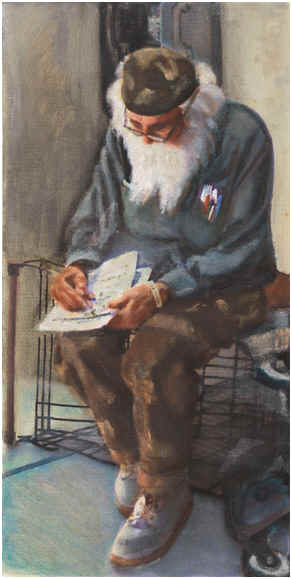
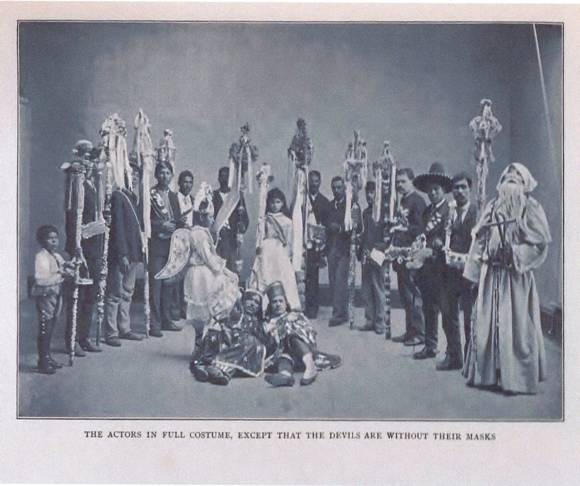
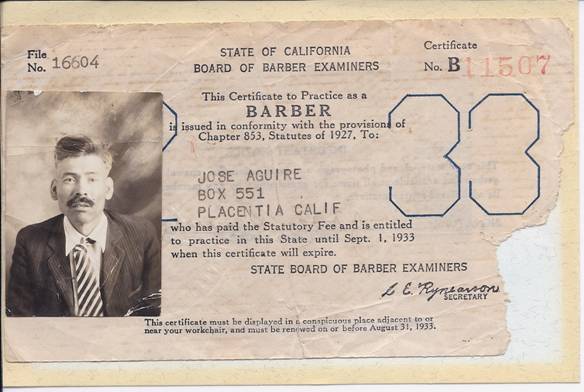
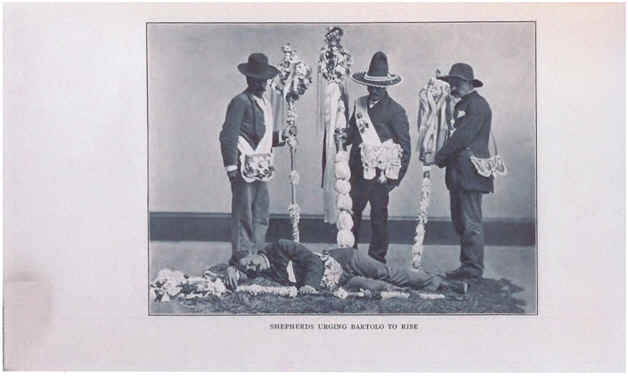
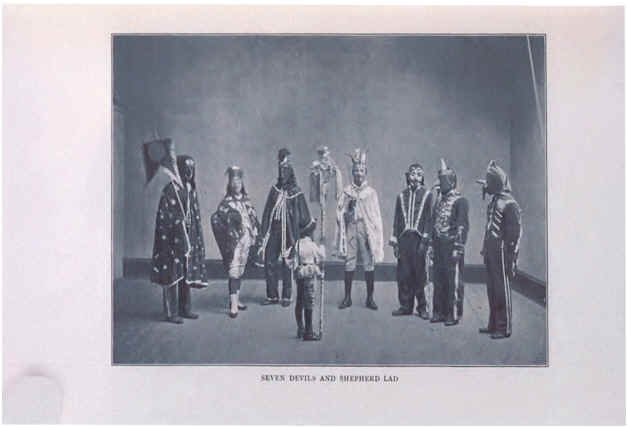
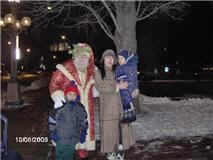





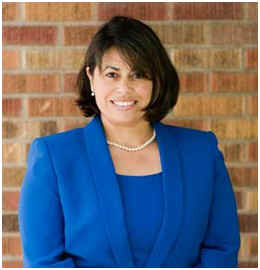
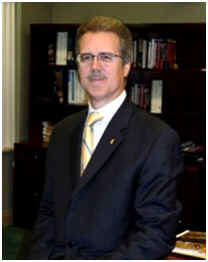
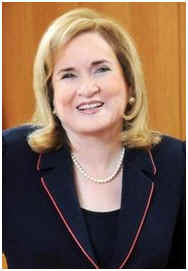
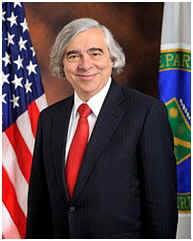
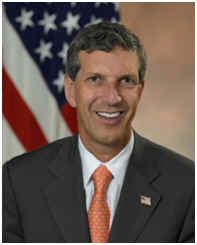
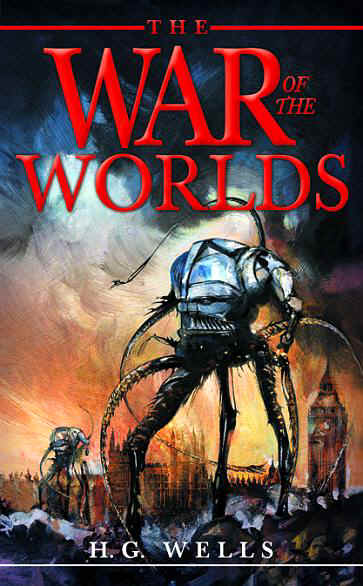

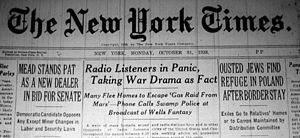


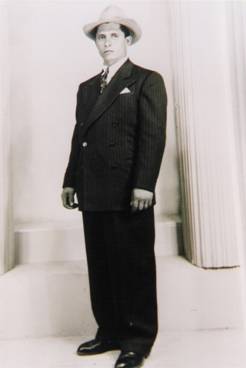

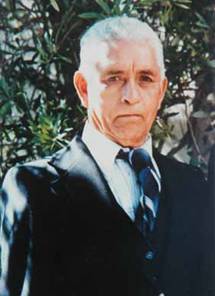
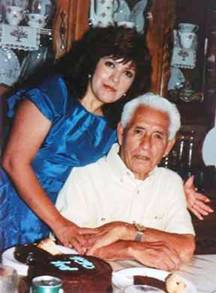

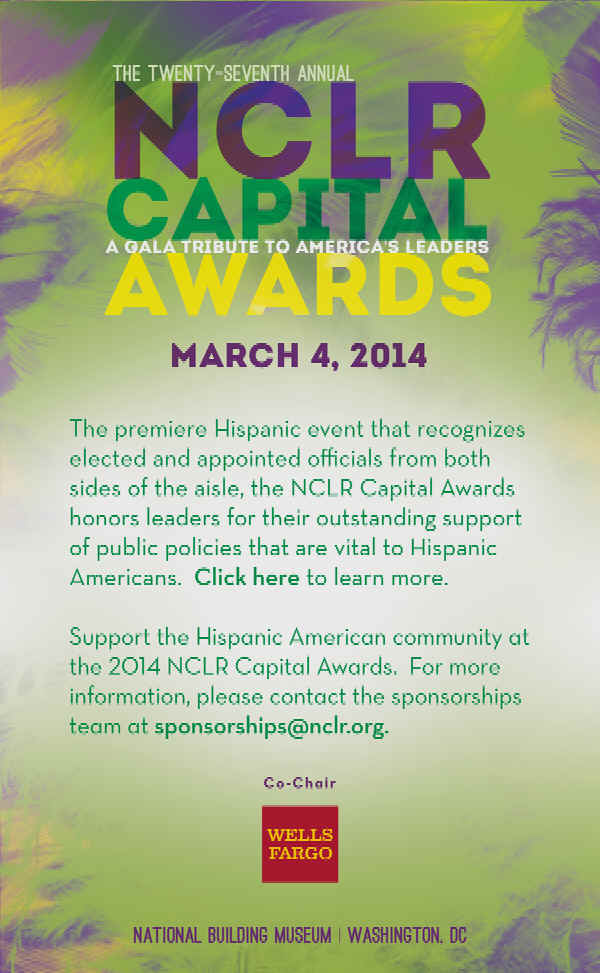

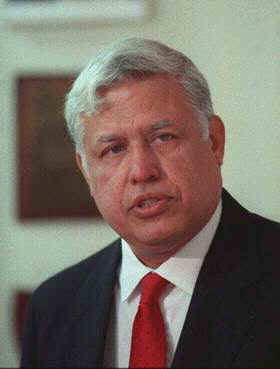
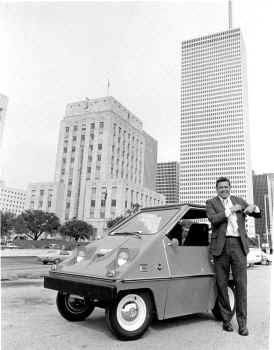


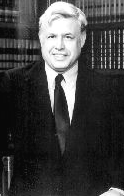


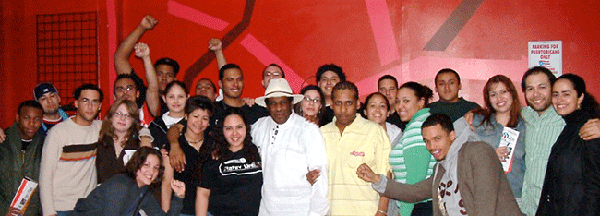
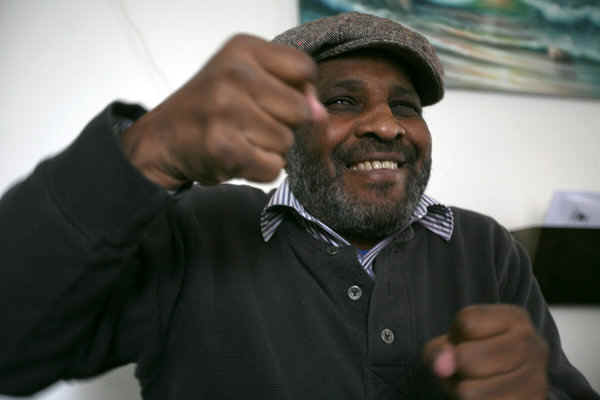

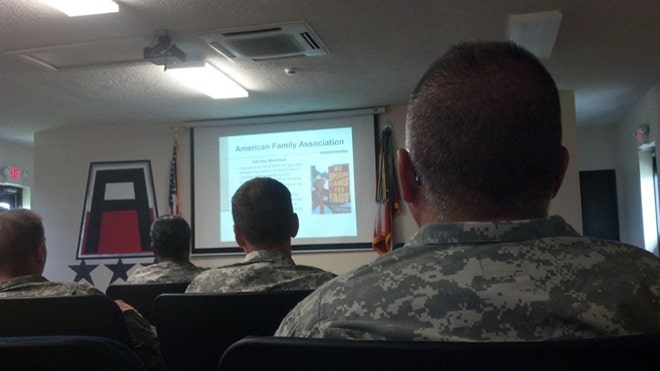
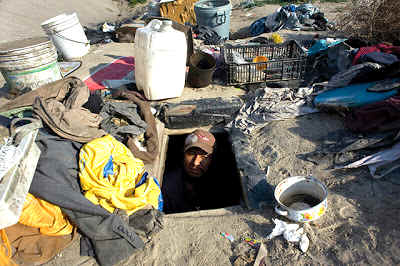
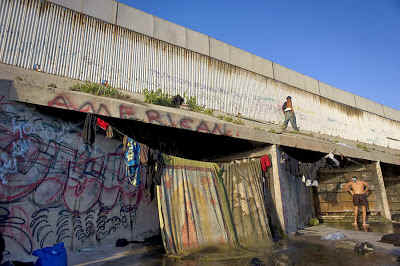
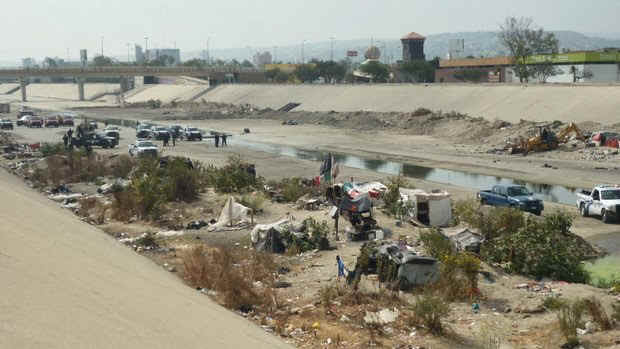
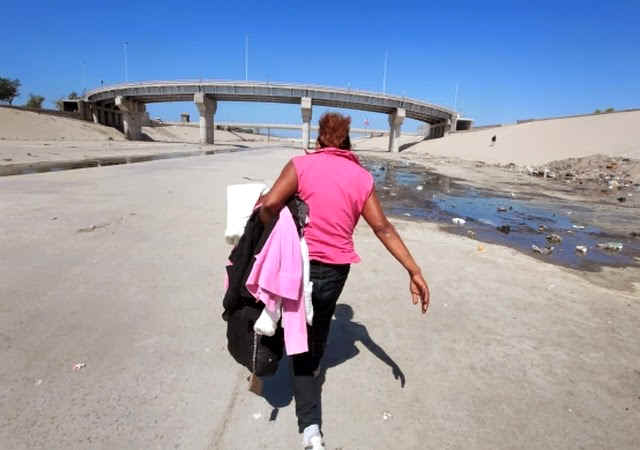
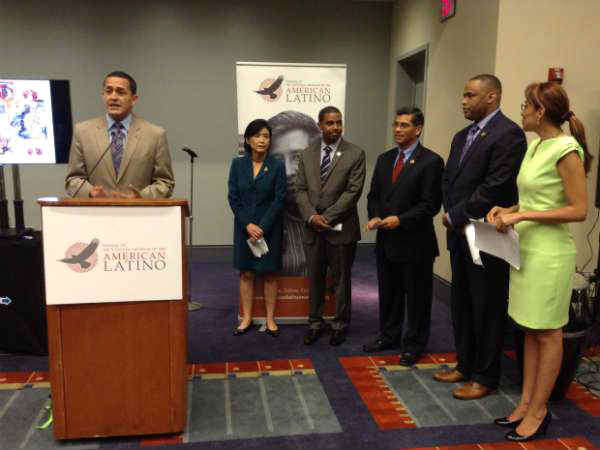
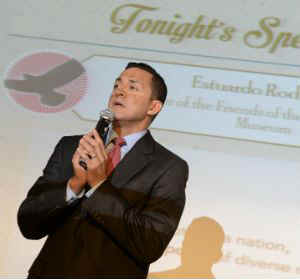
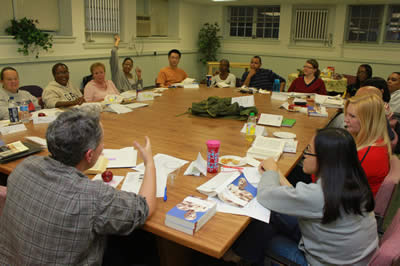 The Odyssey Project completed its sixth year in
spring 2012. Since fall 2006, the Odyssey Project has offered a free,
college-accredited course in the humanities to members of the
Champaign-Urbana community who fall at or near the poverty level. The
yearlong course offers students intensive study in philosophy, art
history, literature, U.S. history, and critical thinking and writing.
Classes taught by University of Illinois faculty and graduate students
take place every Thursday from September to May in the seminar room at
IPRH or at the Douglass Branch Library in Champaign. Tuition is free, as
are books, transportation, and childcare.
The Odyssey Project completed its sixth year in
spring 2012. Since fall 2006, the Odyssey Project has offered a free,
college-accredited course in the humanities to members of the
Champaign-Urbana community who fall at or near the poverty level. The
yearlong course offers students intensive study in philosophy, art
history, literature, U.S. history, and critical thinking and writing.
Classes taught by University of Illinois faculty and graduate students
take place every Thursday from September to May in the seminar room at
IPRH or at the Douglass Branch Library in Champaign. Tuition is free, as
are books, transportation, and childcare.


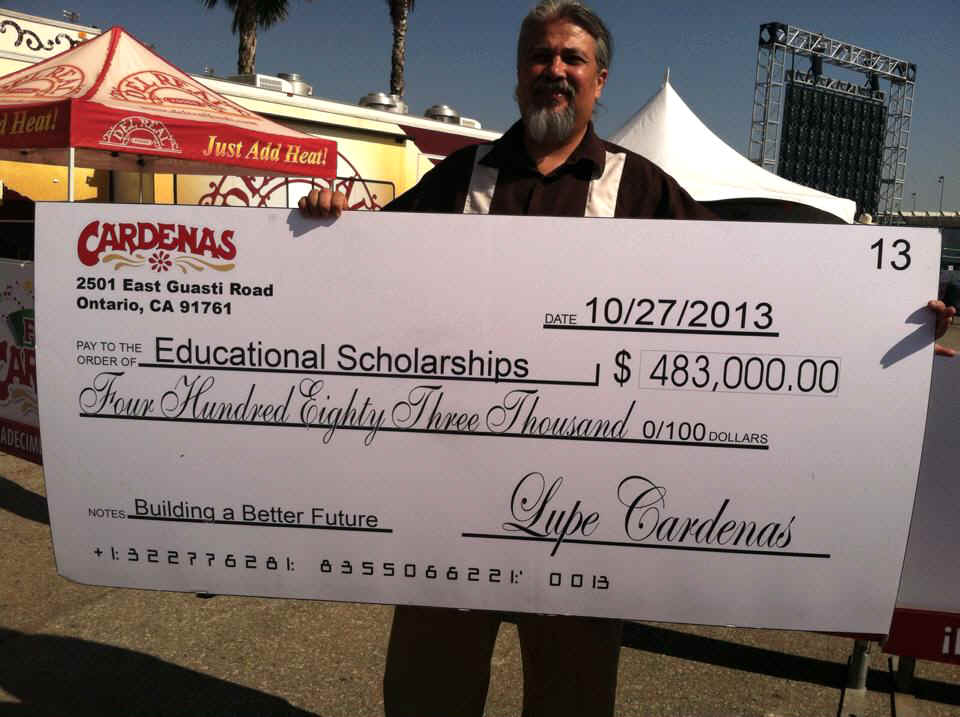
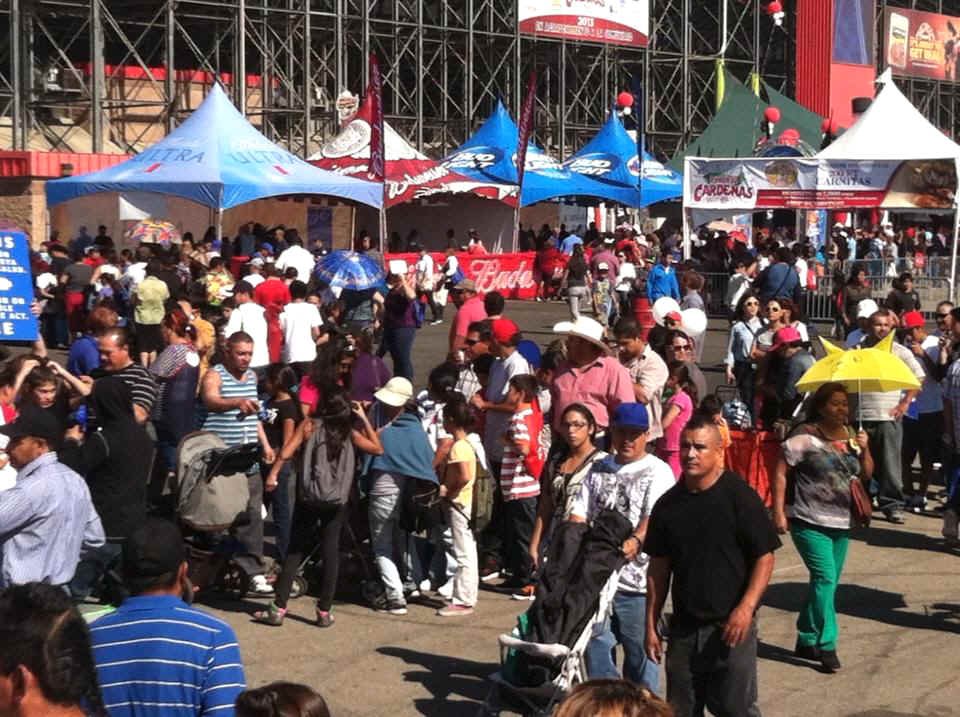
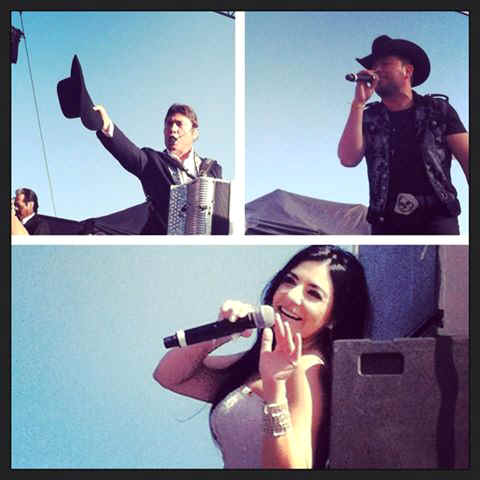
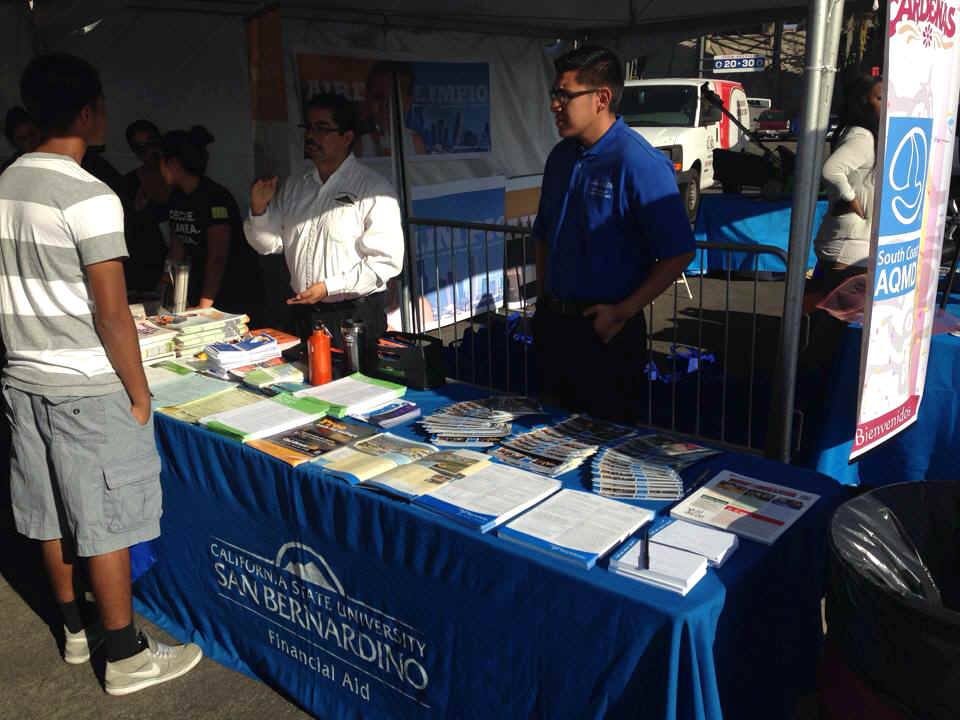
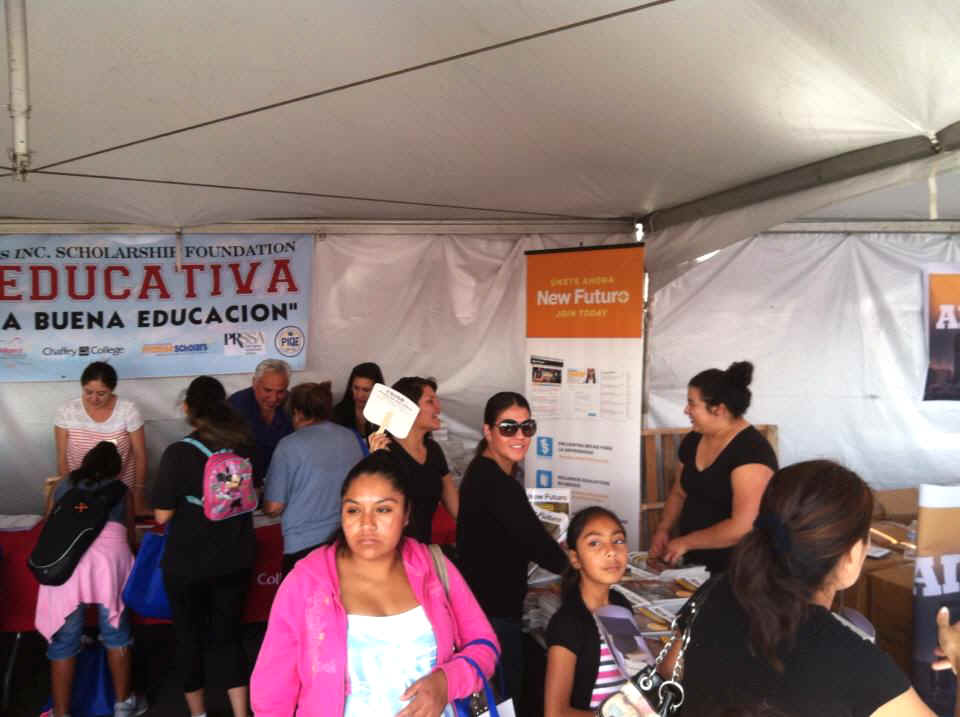
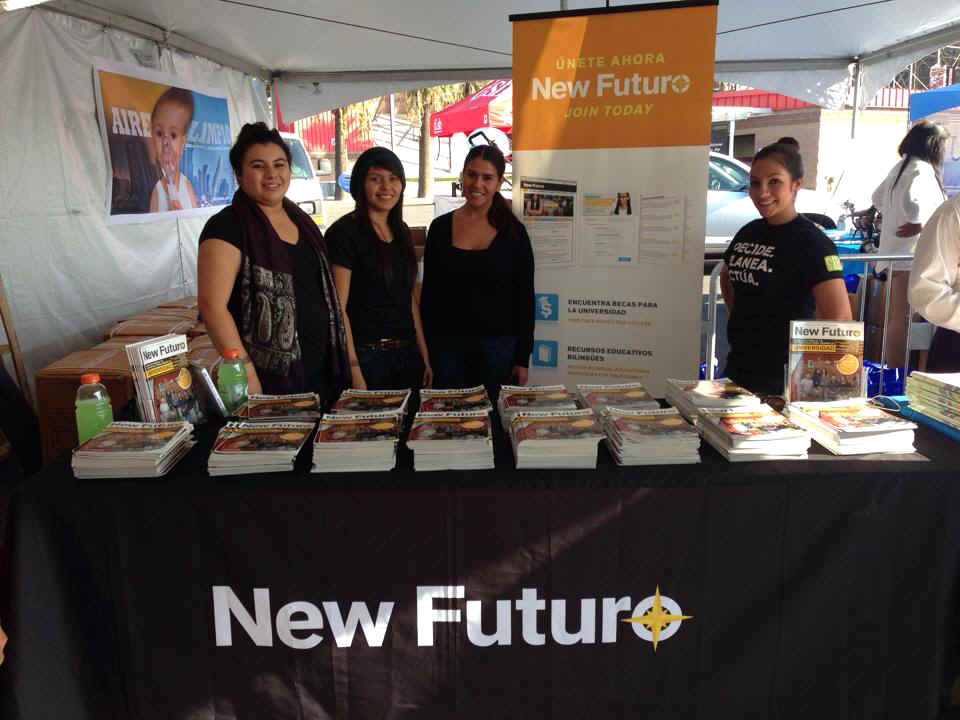
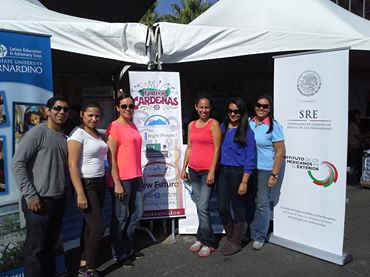
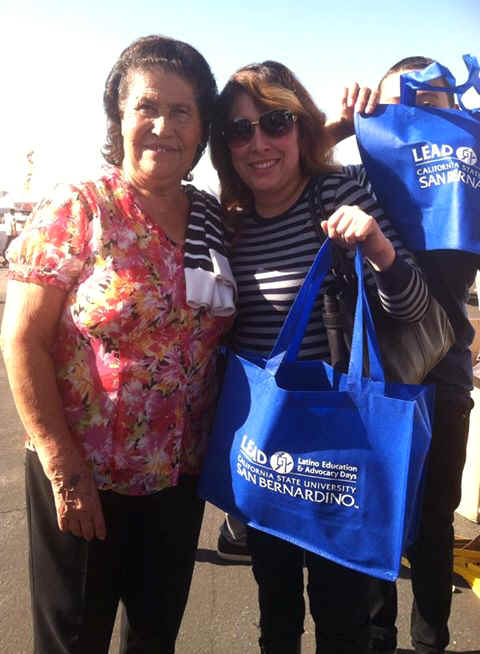

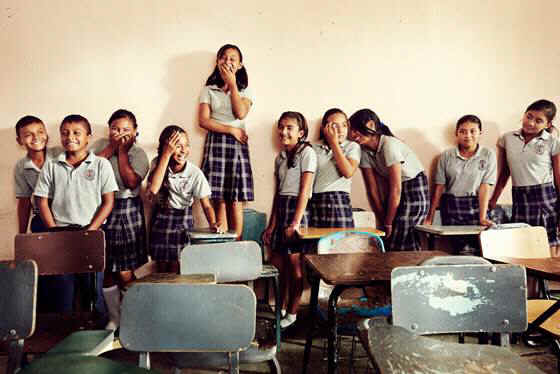
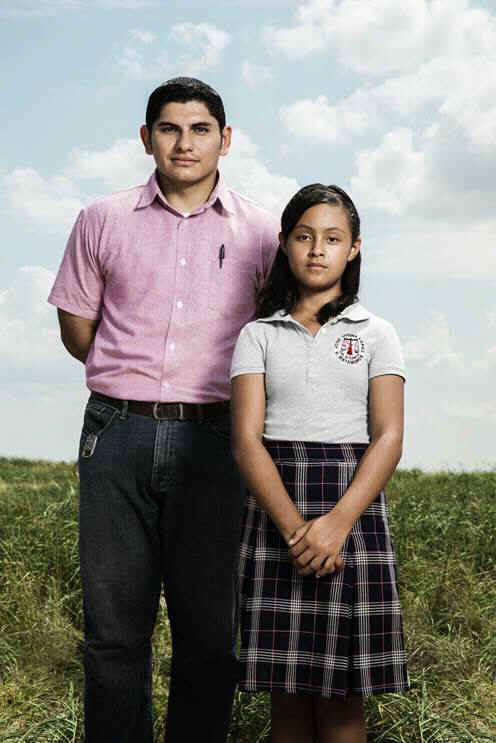

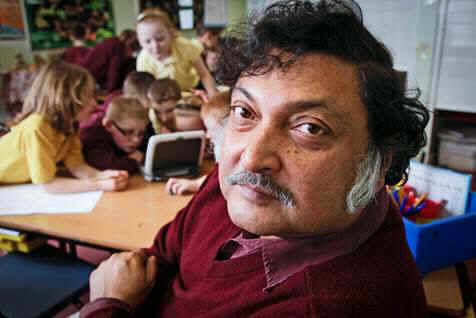
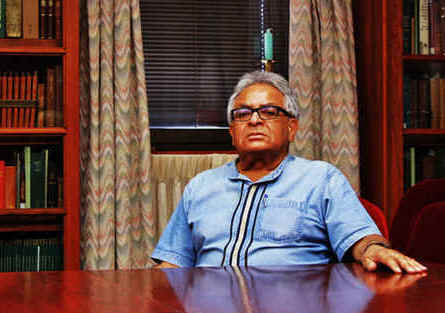
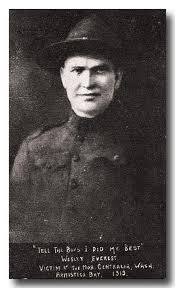 T
T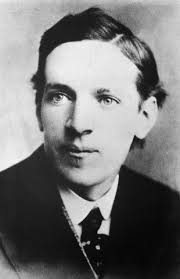 On
May 17, 1923 Sinclair sent a letter to Chief of Police Los Angeles,
Louis D. Oaks. His final paragraph reads: "all I can
say sir, is that I intended to what little one man can do to awaken
the public conscience, and that meantime I am not frightened by your
menaces. I'm not a giant physically; I shrink from pain and fill and
vermin and foul air, like any many of refinement; also I freely
admit that when I see a line of 100 policemen with drawn revolvers
flung across the street to keep anyone from coming into a private
property dear my feeble voice, I am somewhat disturbed in my nerves.
But I have a conscience and a religious faith, and I know that our
liberties were not won without suffering, and may be lost again
through our cowardice. I intend to do my duty to my country. I have
received a telegram from the American Civil Liberties Union in New
York, asking me if I will speak at a mass meeting of protest in Los
Angeles and I have answered that I will do so. That meeting
will be called once, and you may come there and hear with the
citizens of the community think of your efforts to reduce the legal
proceedings of Czarist Russia into our free
Republic."
On
May 17, 1923 Sinclair sent a letter to Chief of Police Los Angeles,
Louis D. Oaks. His final paragraph reads: "all I can
say sir, is that I intended to what little one man can do to awaken
the public conscience, and that meantime I am not frightened by your
menaces. I'm not a giant physically; I shrink from pain and fill and
vermin and foul air, like any many of refinement; also I freely
admit that when I see a line of 100 policemen with drawn revolvers
flung across the street to keep anyone from coming into a private
property dear my feeble voice, I am somewhat disturbed in my nerves.
But I have a conscience and a religious faith, and I know that our
liberties were not won without suffering, and may be lost again
through our cowardice. I intend to do my duty to my country. I have
received a telegram from the American Civil Liberties Union in New
York, asking me if I will speak at a mass meeting of protest in Los
Angeles and I have answered that I will do so. That meeting
will be called once, and you may come there and hear with the
citizens of the community think of your efforts to reduce the legal
proceedings of Czarist Russia into our free
Republic." 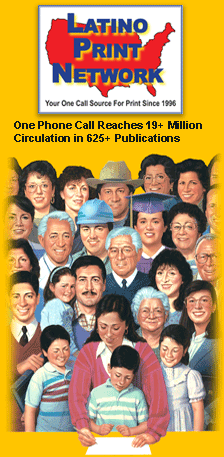
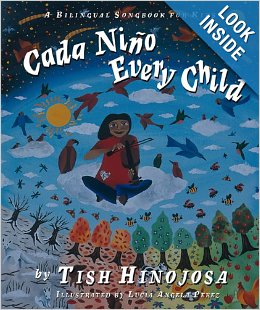
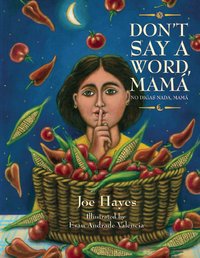
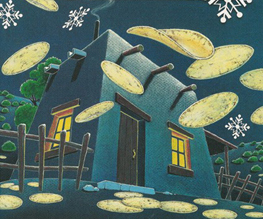
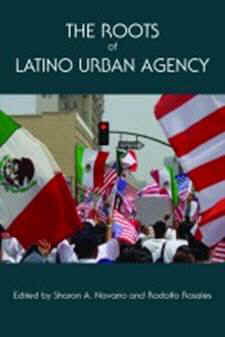
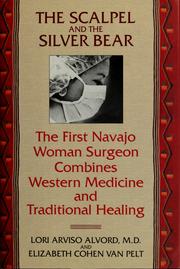
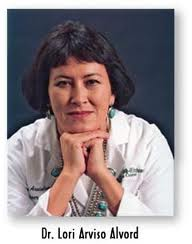


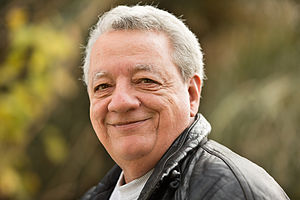
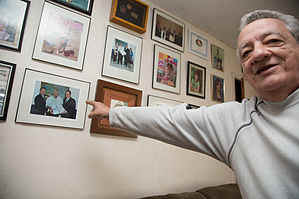

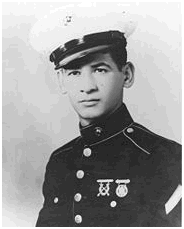

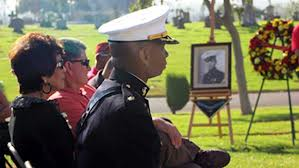


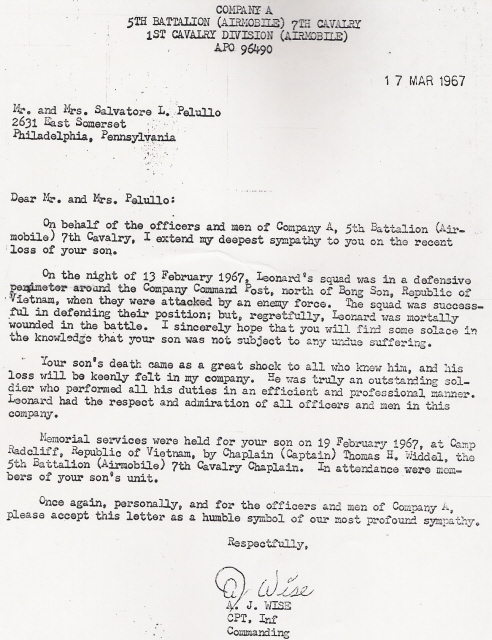

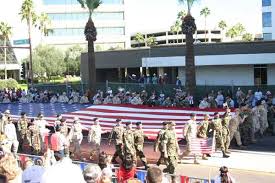
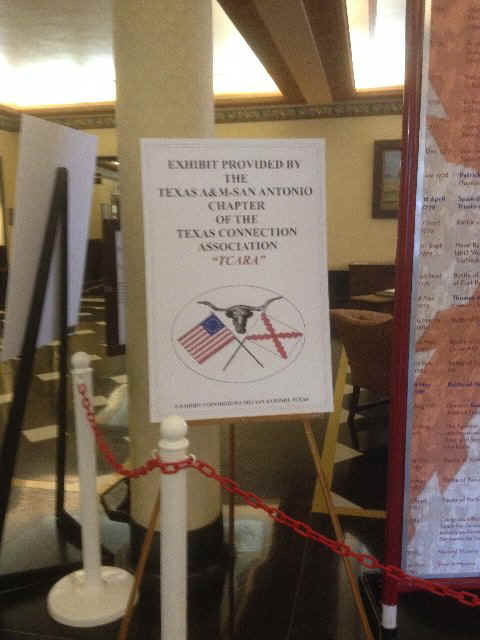
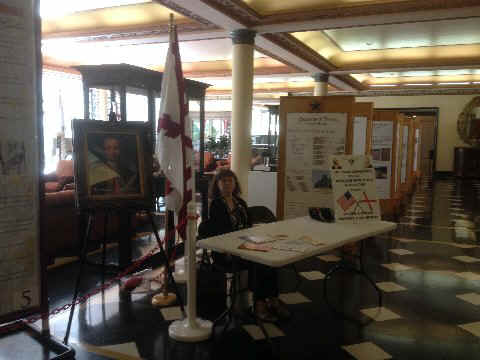
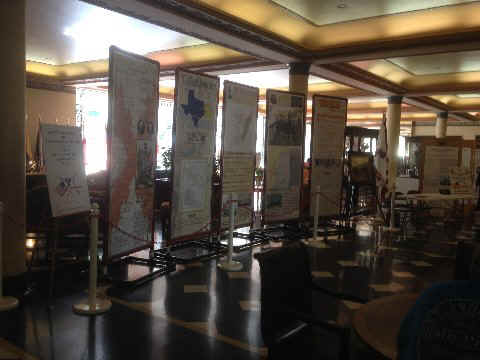
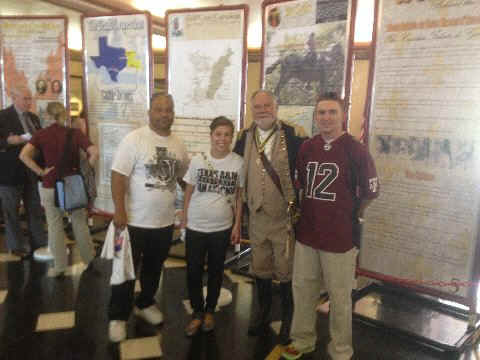
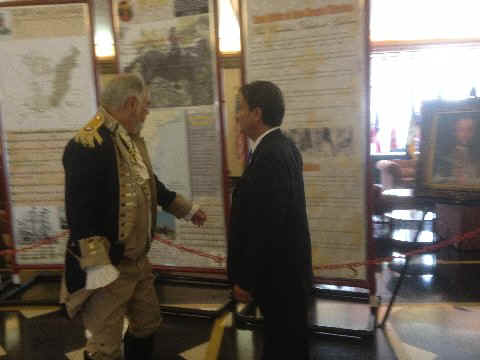
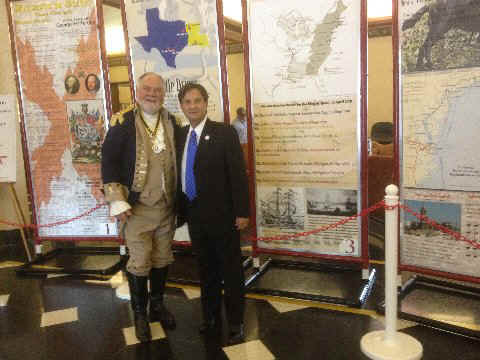
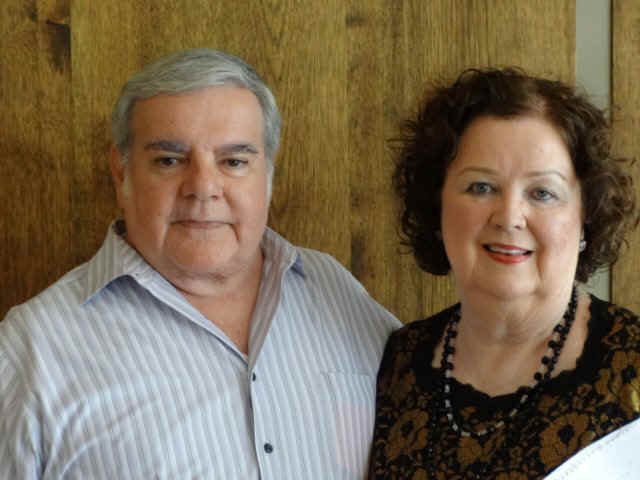 Mimi,
the program went very well and Janice was an excellent choice as our
keynote speaker. She related information so easily, she makes learning
easy and enjoyable. Her talk connected and credited her family's
survival and existents to Juan Seguin for having sent them information
that Santa Anna was on his way toward, (Walnut town later in 1838
renamed in Juan's honor), Seguin and would have eradicated anyone in
his path.
Mimi,
the program went very well and Janice was an excellent choice as our
keynote speaker. She related information so easily, she makes learning
easy and enjoyable. Her talk connected and credited her family's
survival and existents to Juan Seguin for having sent them information
that Santa Anna was on his way toward, (Walnut town later in 1838
renamed in Juan's honor), Seguin and would have eradicated anyone in
his path. 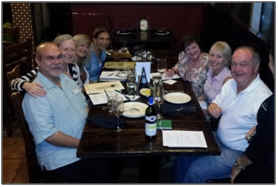
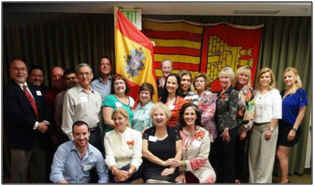
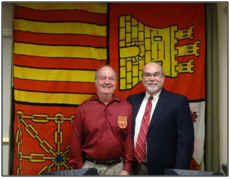
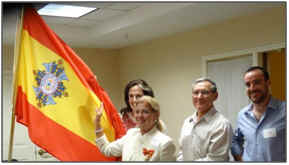
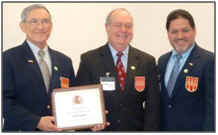
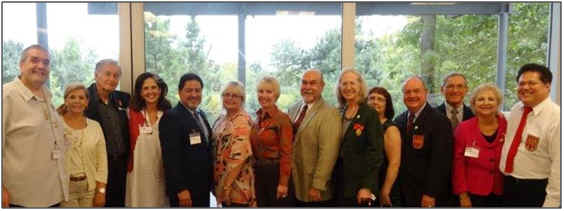
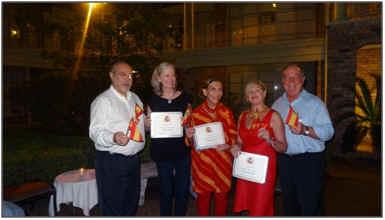
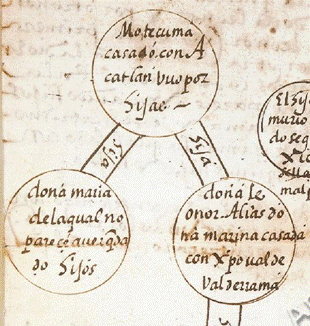
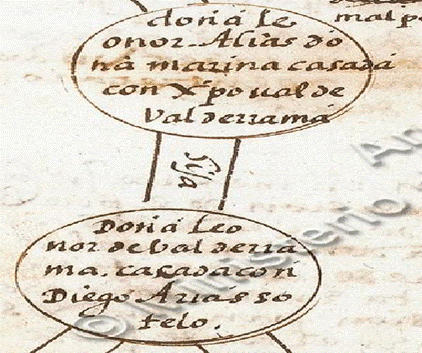
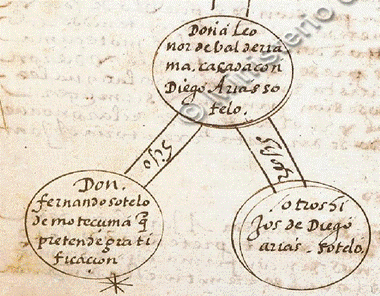



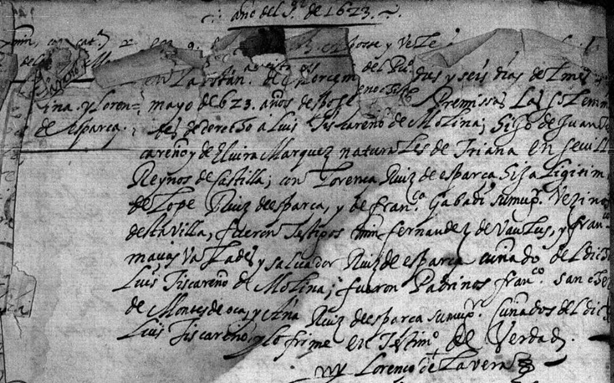
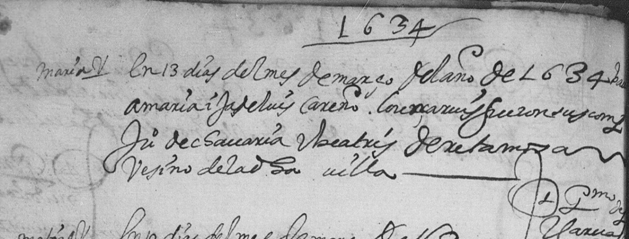



 SANTA FE—Where did the first Americans
come from? Most researchers agree that Paleoamericans moved across the
Bering Land Bridge from Asia sometime before 15,000 years ago,
suggesting roots in East Asia. But just where the source populations
arose has long been a mystery.
SANTA FE—Where did the first Americans
come from? Most researchers agree that Paleoamericans moved across the
Bering Land Bridge from Asia sometime before 15,000 years ago,
suggesting roots in East Asia. But just where the source populations
arose has long been a mystery.




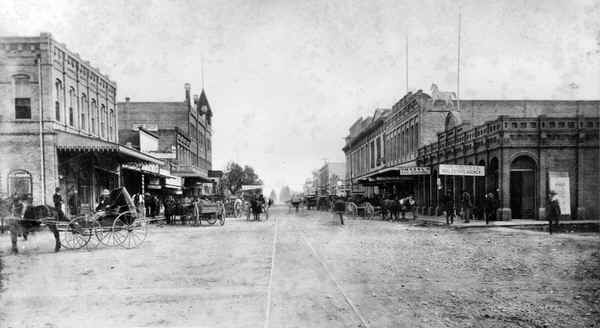
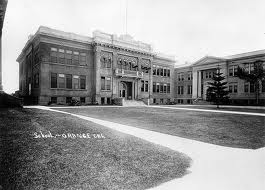

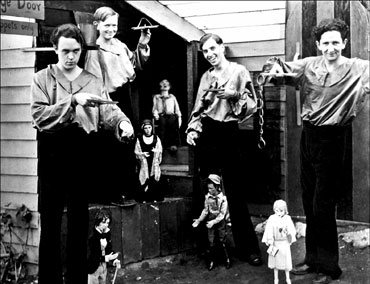 Mom
had taken my sister and me to a large department store, timing it so
we would arrive for the first puppet performance. I remembered
attending, but it was only after she awaken the full incident. Mom
said that after the first performance, I staunchly refused to leave.
She said I kicked and screamed and carried on to such an extent that
we stayed not only for the next performance, but for several more
scheduled for the day. Because I was always very cooperative and
obedient, Mom didn't really know how to deal with me. I remember
she even pretended to leave, a few times, but I did not care. I
sat on the floor, feet outstretched, all alone, looking at the closed
curtain, waiting for the magic to begin again. Finally Mom asked
the puppeteers for their help. They kindly came out and, let me touch
the marionettes, and showed me how they moved. Since
I only spoke Spanish, some how they were able to convince me, with Mom
acting as translator, that tt was their last performance for the day,
and that I should go home.
Whether it was the last performance are not,
I will never know but my love for the theater was surely awakened.
Mom
had taken my sister and me to a large department store, timing it so
we would arrive for the first puppet performance. I remembered
attending, but it was only after she awaken the full incident. Mom
said that after the first performance, I staunchly refused to leave.
She said I kicked and screamed and carried on to such an extent that
we stayed not only for the next performance, but for several more
scheduled for the day. Because I was always very cooperative and
obedient, Mom didn't really know how to deal with me. I remember
she even pretended to leave, a few times, but I did not care. I
sat on the floor, feet outstretched, all alone, looking at the closed
curtain, waiting for the magic to begin again. Finally Mom asked
the puppeteers for their help. They kindly came out and, let me touch
the marionettes, and showed me how they moved. Since
I only spoke Spanish, some how they were able to convince me, with Mom
acting as translator, that tt was their last performance for the day,
and that I should go home.
Whether it was the last performance are not,
I will never know but my love for the theater was surely awakened.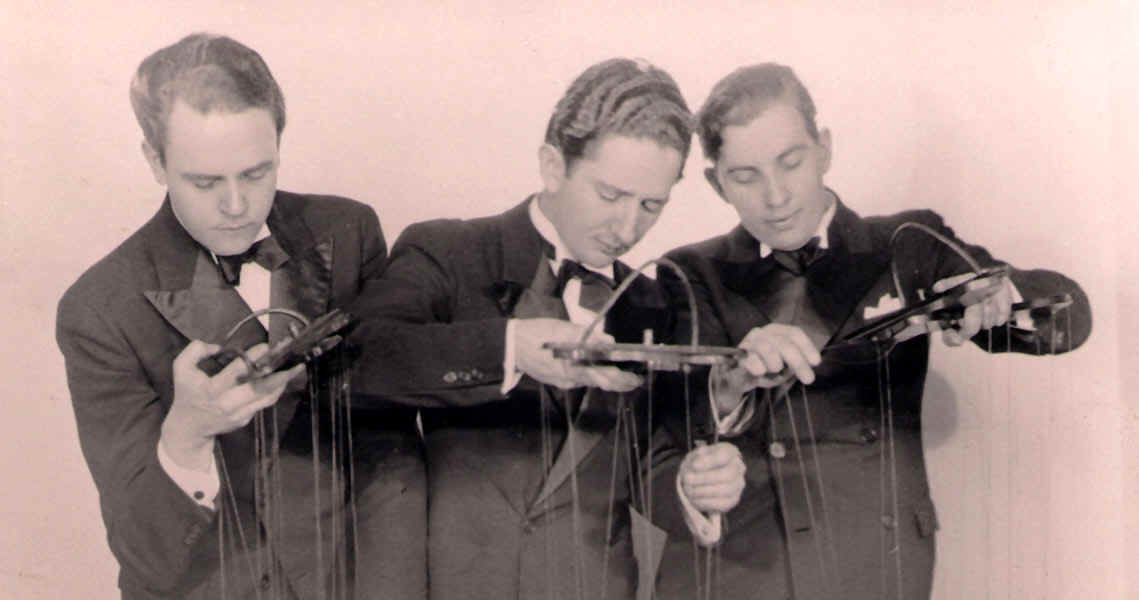 I
I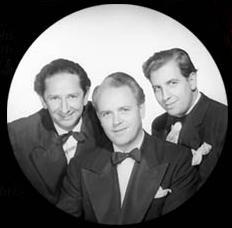

 It
was a far cry from the lake’s earliest days. In 1868 Echo Park Lake
began as a reservoir for drinking water, one of several waterworks
projects completed in the late 1800s to accommodate the city’s growing
population. The reservoir became a park 24 years later, and for decades
people went there to picnic, fish, boat, and enjoy the annual Lotus
Festival, which began in 1972 as a celebration of the city’s Asian and
Pacific Islander communities.
It
was a far cry from the lake’s earliest days. In 1868 Echo Park Lake
began as a reservoir for drinking water, one of several waterworks
projects completed in the late 1800s to accommodate the city’s growing
population. The reservoir became a park 24 years later, and for decades
people went there to picnic, fish, boat, and enjoy the annual Lotus
Festival, which began in 1972 as a celebration of the city’s Asian and
Pacific Islander communities.
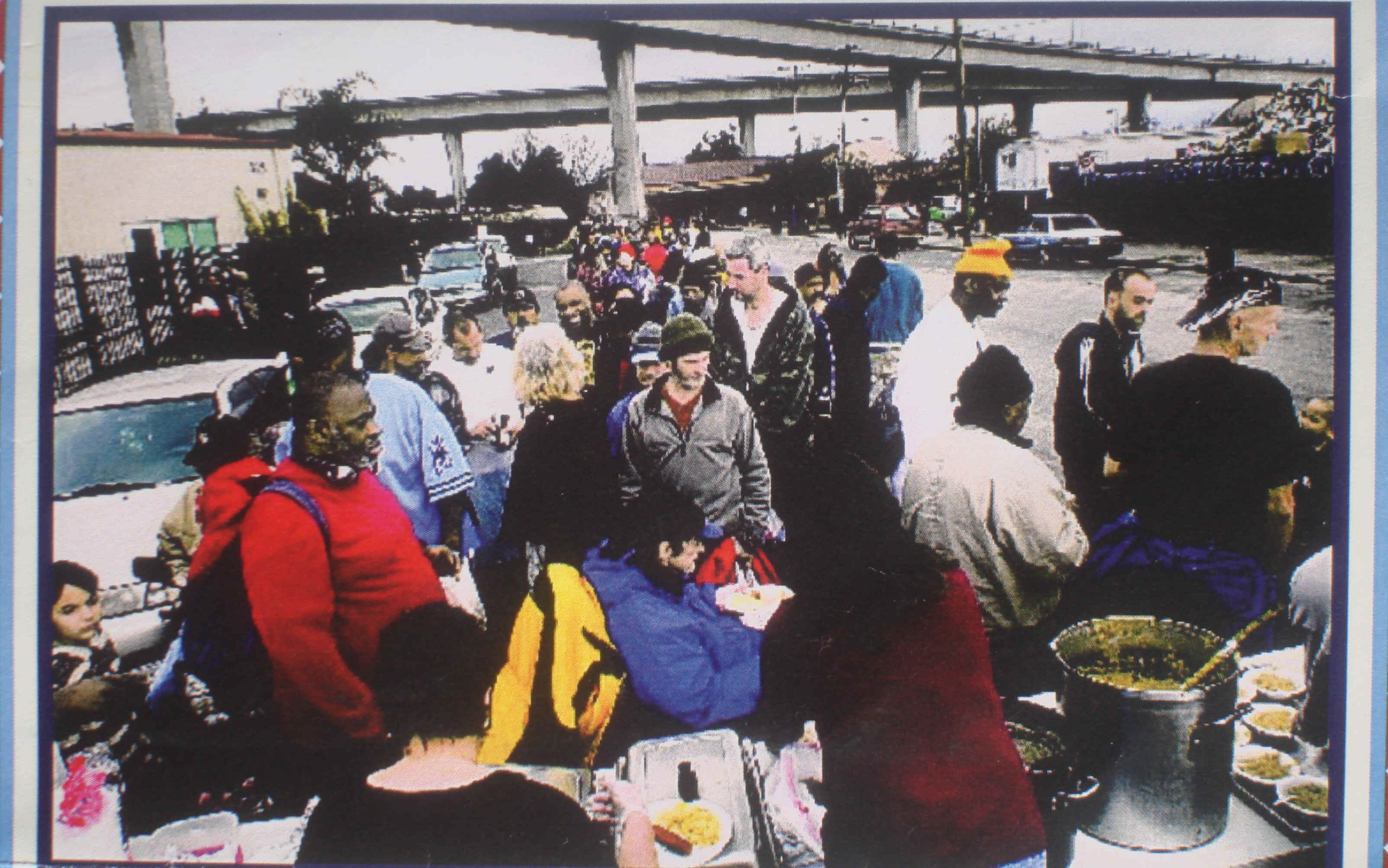
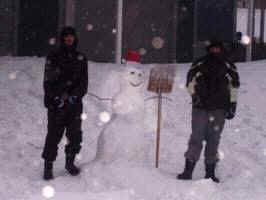 Parker
and Walker had a great time in the 1’ - 2’ of snow that was on the
ground.
Parker
and Walker had a great time in the 1’ - 2’ of snow that was on the
ground.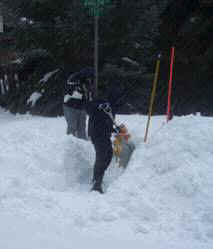 The
first five minutes I was having a great time watching them, and then I
got too cold.
The
first five minutes I was having a great time watching them, and then I
got too cold.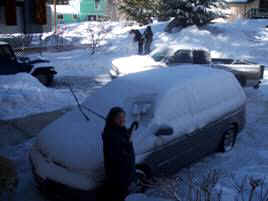 A
day or two later, it came time for the boys and me to head home.
A
day or two later, it came time for the boys and me to head home.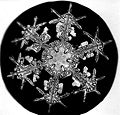
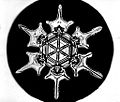
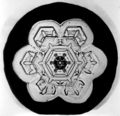



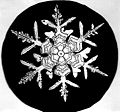



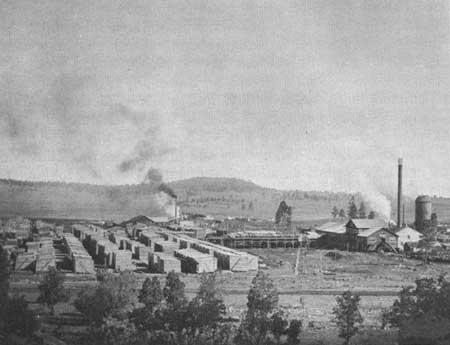
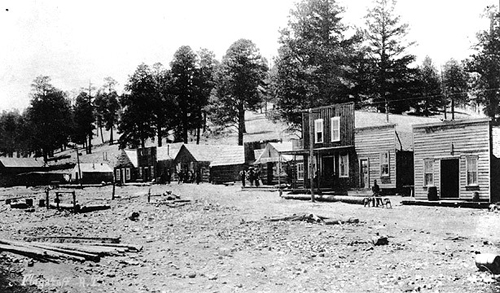 In
our two-room rental house, there was but one light bulb hanging from a
cord in the middle of the one room where we all slept. The only source
of heat for the house was a wood burning potbelly stove unless the
kitchen wood burning stove located in the smaller room is considered a
source of heat. As part of their acculturation into their new country,
my parents eventually found it appropriate to follow tradition and set
up a Christmas tree which I, as a two year old, could easily see from
the crib. (Considering my father was a lumberjack, I am certain
obtaining the “right” tree did not offer him much of a challenge.)
In
our two-room rental house, there was but one light bulb hanging from a
cord in the middle of the one room where we all slept. The only source
of heat for the house was a wood burning potbelly stove unless the
kitchen wood burning stove located in the smaller room is considered a
source of heat. As part of their acculturation into their new country,
my parents eventually found it appropriate to follow tradition and set
up a Christmas tree which I, as a two year old, could easily see from
the crib. (Considering my father was a lumberjack, I am certain
obtaining the “right” tree did not offer him much of a challenge.)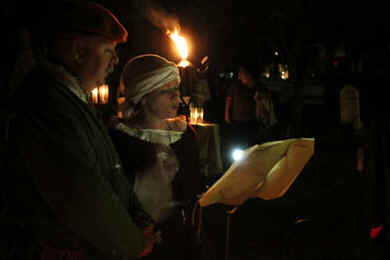

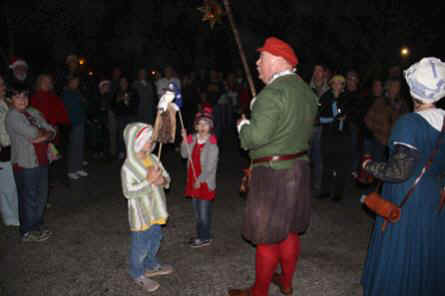
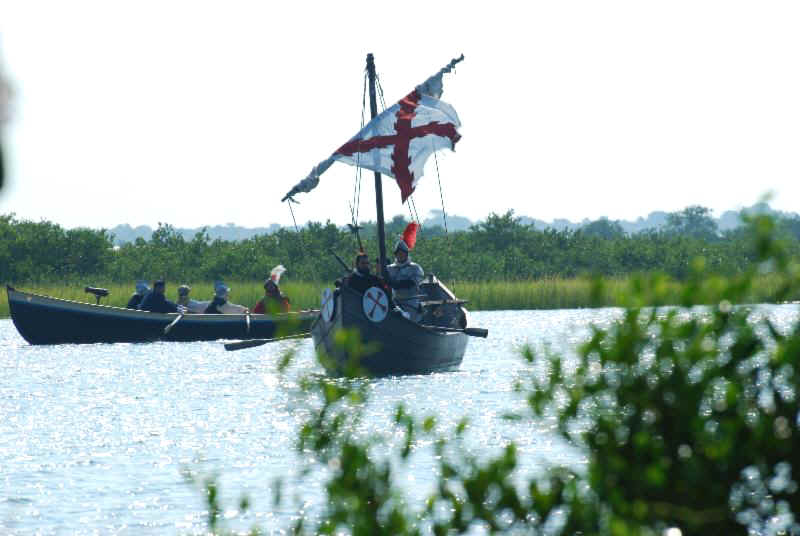
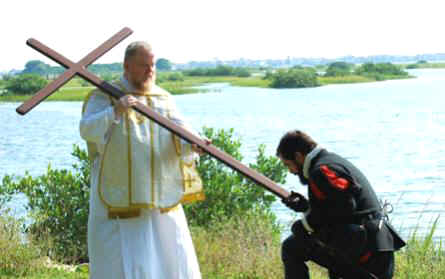
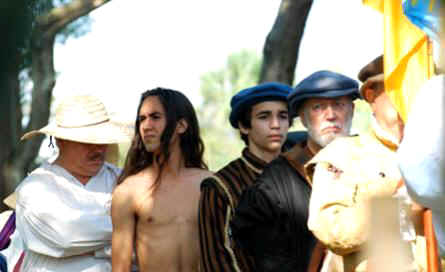
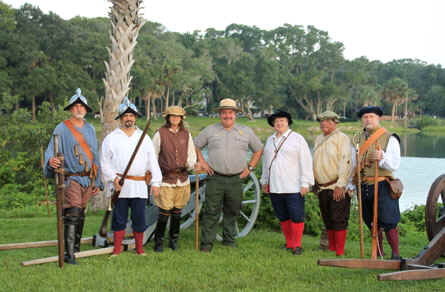
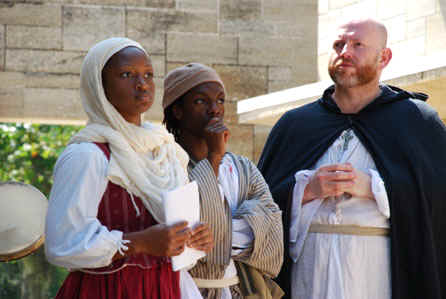
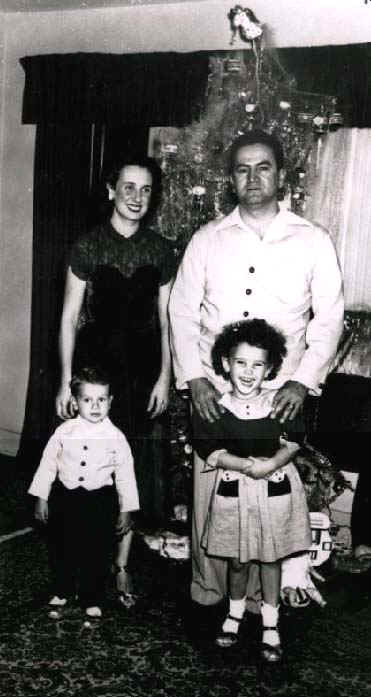 Christmas
was always a special season for me.
Christmas
was always a special season for me.
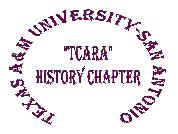 Texas A&M University-San Antonio has
approved and established a TCARA HISTORY CHAPTER for its students,
alumni and teaching staff. TCARA Board member, Dr Amy Porter, history
professor at Texas A&M is the chapter’s liaison and was
instrumental in setting up the Chapter and gaining University
approval.
Texas A&M University-San Antonio has
approved and established a TCARA HISTORY CHAPTER for its students,
alumni and teaching staff. TCARA Board member, Dr Amy Porter, history
professor at Texas A&M is the chapter’s liaison and was
instrumental in setting up the Chapter and gaining University
approval.


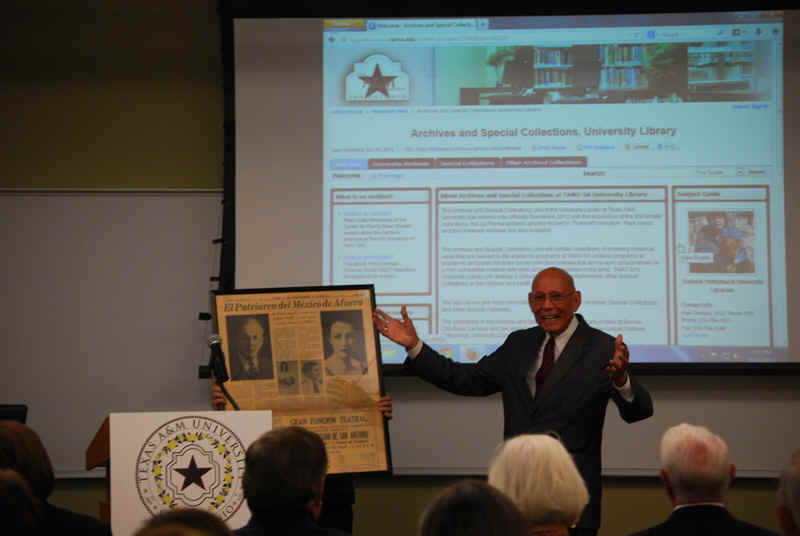 SAN
ANTONIO —The Texas A&M-San Antonio University Library has
established the new Archives and Special Collections unit at Texas
A&M-San Antonio, which gives access to a number of prestigious
archival and newspaper collections as well as rare books. The first two
collections housed in the unit are living pieces of South Texas history:
the archives of La Prensa, the city’s first bilingual
publication, and the Robert H. Thonhoff Collection, which features
research on the history of Karnes County and other topics of Texas
history. The earliest issues of La Prensa date from 1923, and
the Magazine de La Prensa date from 1930.
SAN
ANTONIO —The Texas A&M-San Antonio University Library has
established the new Archives and Special Collections unit at Texas
A&M-San Antonio, which gives access to a number of prestigious
archival and newspaper collections as well as rare books. The first two
collections housed in the unit are living pieces of South Texas history:
the archives of La Prensa, the city’s first bilingual
publication, and the Robert H. Thonhoff Collection, which features
research on the history of Karnes County and other topics of Texas
history. The earliest issues of La Prensa date from 1923, and
the Magazine de La Prensa date from 1930.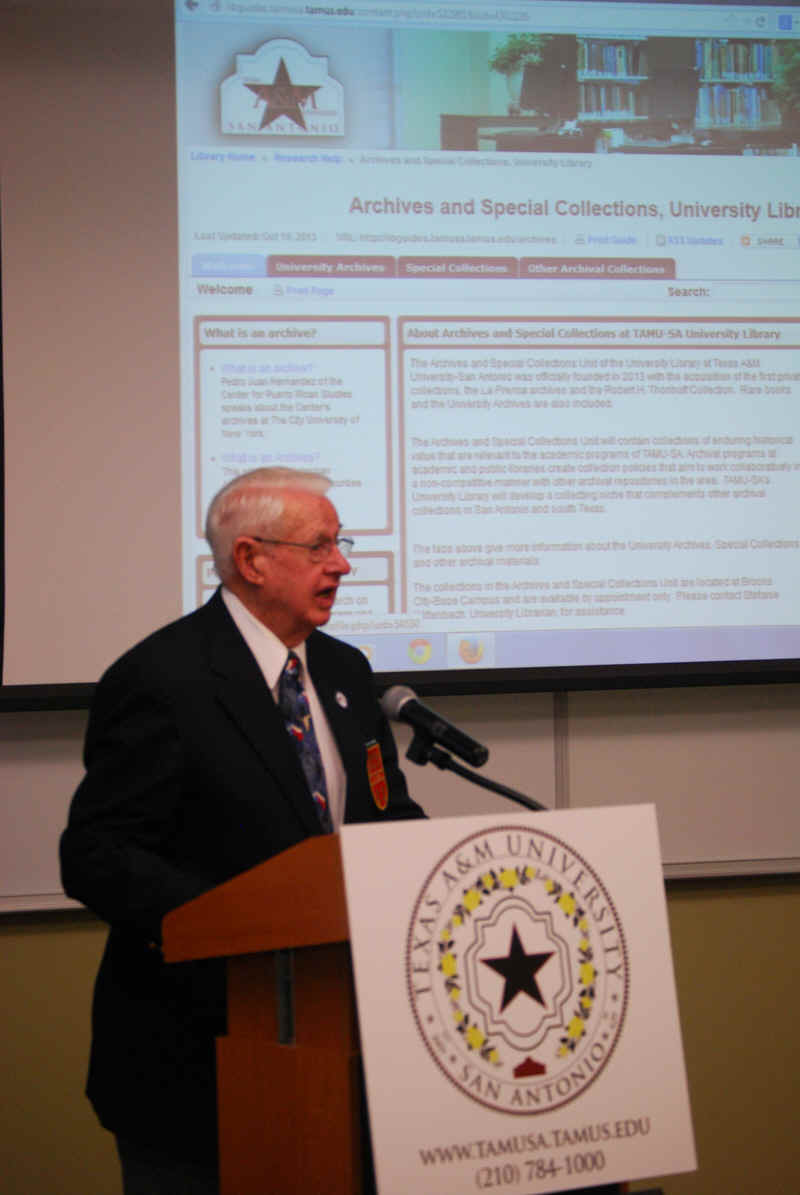 Noted
historian Robert Thonhoff, author of several books, including The
Texas Connection with the American Revolution, described the four
decades he spent collecting historical documents and resources. His
studies include the original Spanish land grants that include the land
that is now the Main Campus of Texas A&M-San Antonio.
Noted
historian Robert Thonhoff, author of several books, including The
Texas Connection with the American Revolution, described the four
decades he spent collecting historical documents and resources. His
studies include the original Spanish land grants that include the land
that is now the Main Campus of Texas A&M-San Antonio.
 Our
Lady of Guadalupe is the name given to the Blessed Virgin Mary when
Our
Lady of Guadalupe is the name given to the Blessed Virgin Mary when

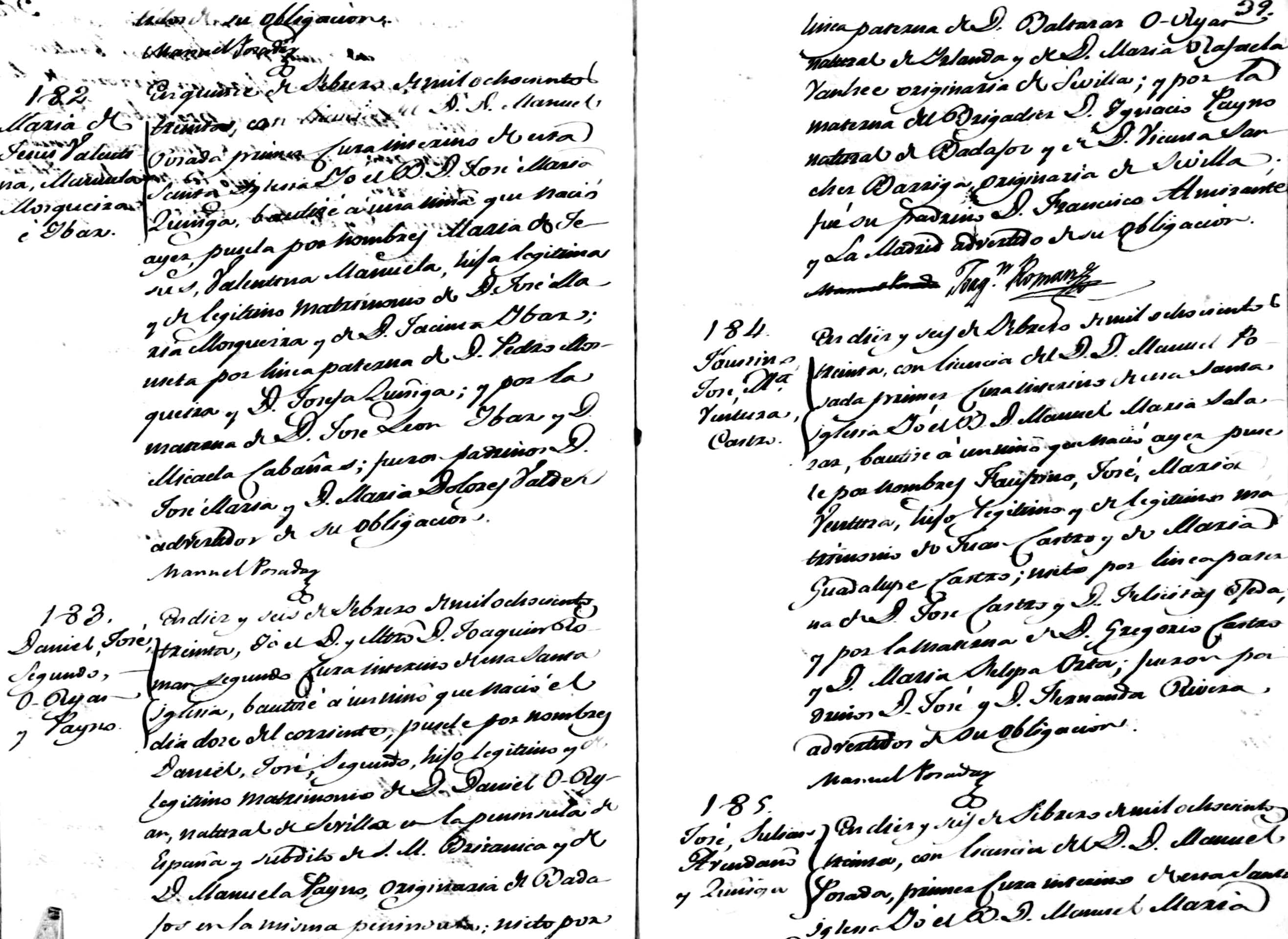
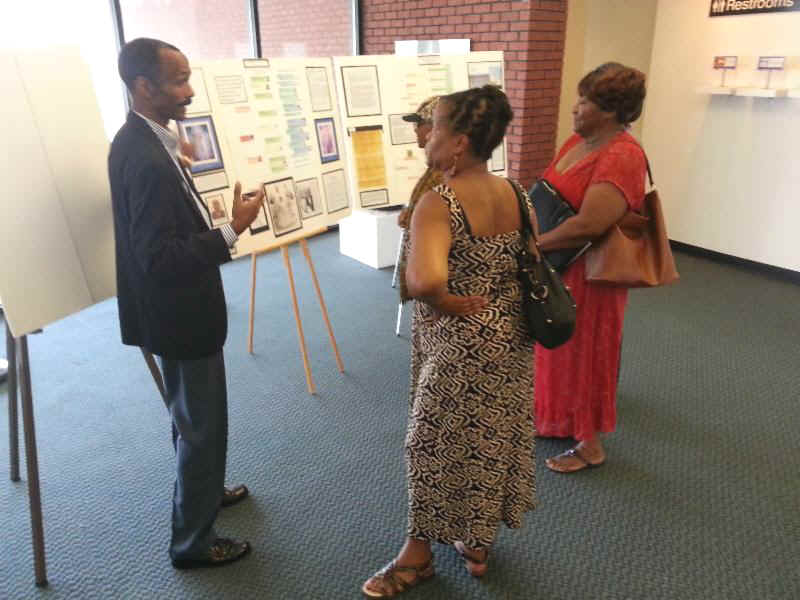
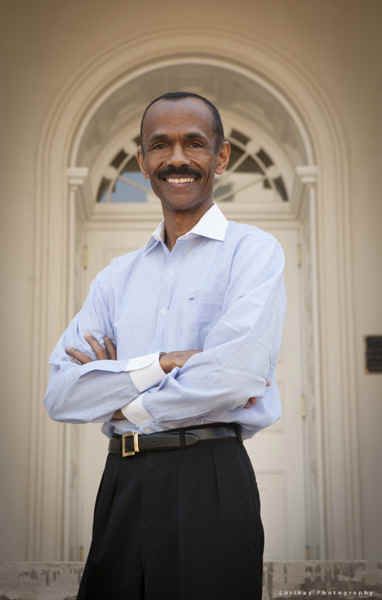 Prior
to my departure for New Orleans, the Journal of the Afro-American
Historical and Genealogical Society came out and featured a review
of Got Proof! But the reviews didn't stop there. The
New Orleans Tribune's own Keith Weldon Medley wrote a very nice
article which included an interview with me and a review of the
book. The piece de resistance was a review on Eastman's
Online Genealogy Newslette
Prior
to my departure for New Orleans, the Journal of the Afro-American
Historical and Genealogical Society came out and featured a review
of Got Proof! But the reviews didn't stop there. The
New Orleans Tribune's own Keith Weldon Medley wrote a very nice
article which included an interview with me and a review of the
book. The piece de resistance was a review on Eastman's
Online Genealogy Newslette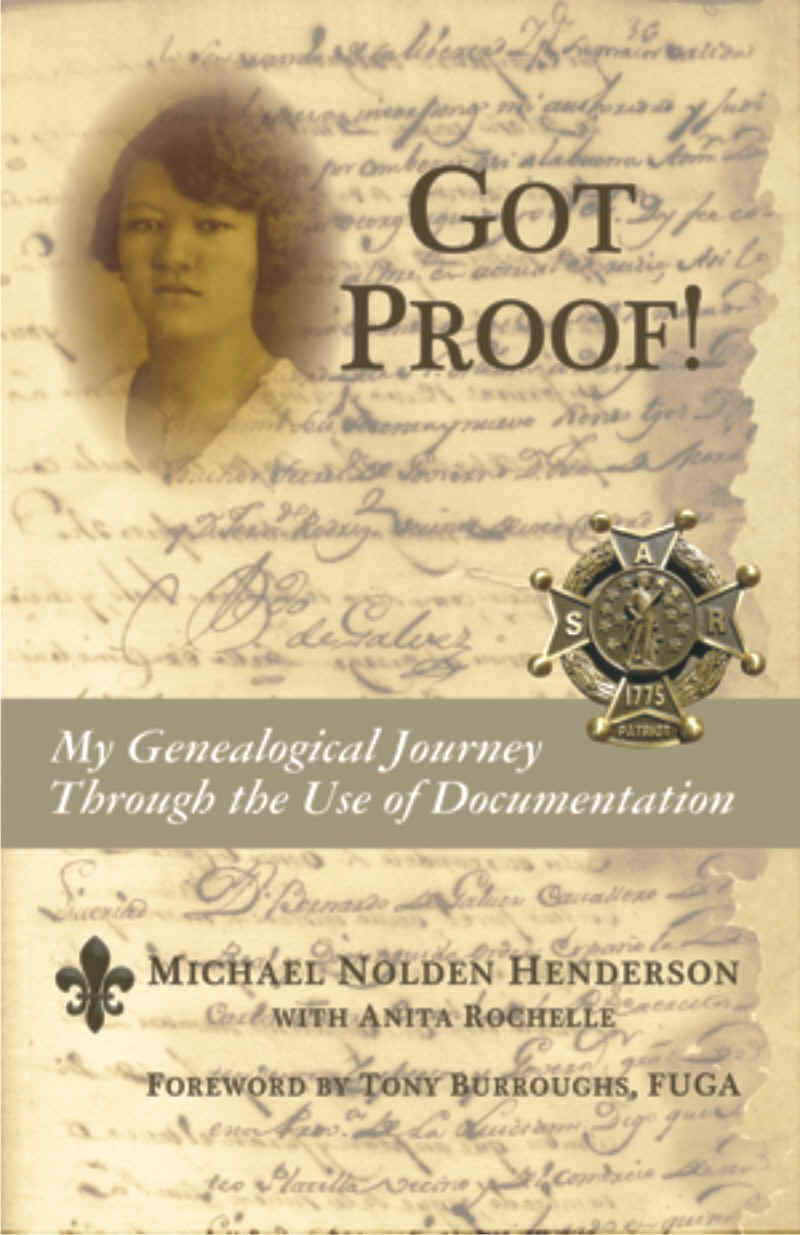
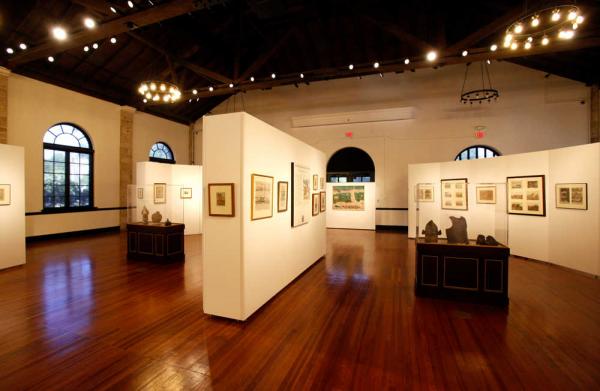

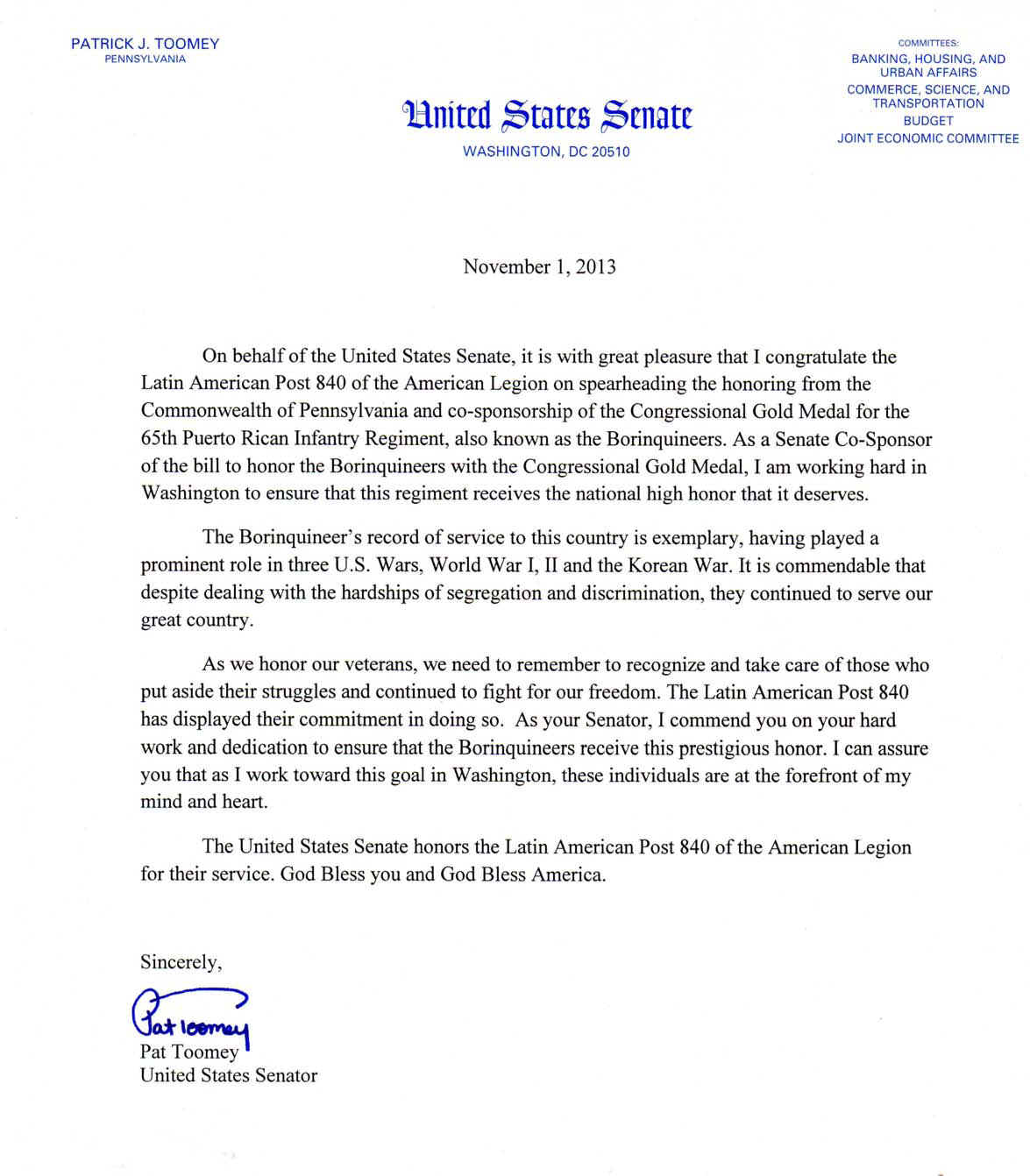

 The
feminist and women rights movement have contributed to empowerment of
women in the fields of politics, science and business. With the
industrialization of Puerto Rico women's job shifted to work as
professionals or office workers. The divorce rate is high and some women
are the sole economic income source of their families. Among the notable
women involved in politics in Puerto Rico are Felisa
Rincón de Gautier, also known as '''Doña Fela''', She ran for and
was elected mayor of San Juan in 1946, becoming the first woman to have
been elected mayor of a capital city in the all of the Americas,
The
feminist and women rights movement have contributed to empowerment of
women in the fields of politics, science and business. With the
industrialization of Puerto Rico women's job shifted to work as
professionals or office workers. The divorce rate is high and some women
are the sole economic income source of their families. Among the notable
women involved in politics in Puerto Rico are Felisa
Rincón de Gautier, also known as '''Doña Fela''', She ran for and
was elected mayor of San Juan in 1946, becoming the first woman to have
been elected mayor of a capital city in the all of the Americas, 


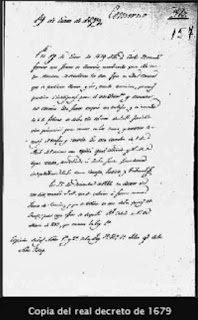
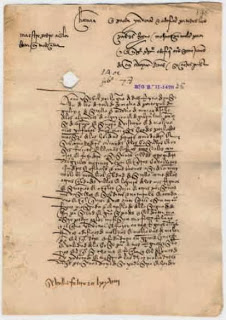
.jpg)



